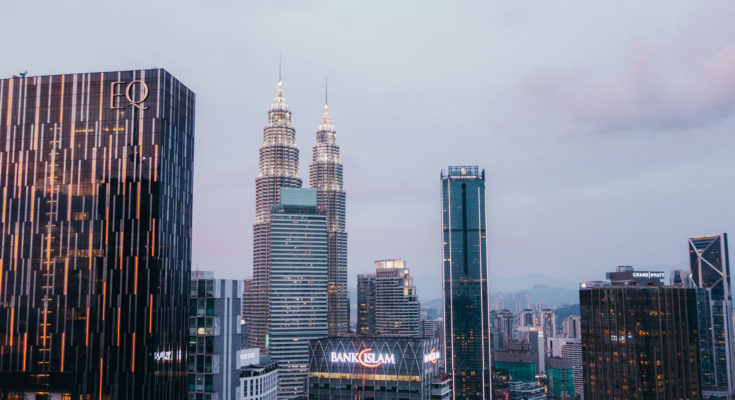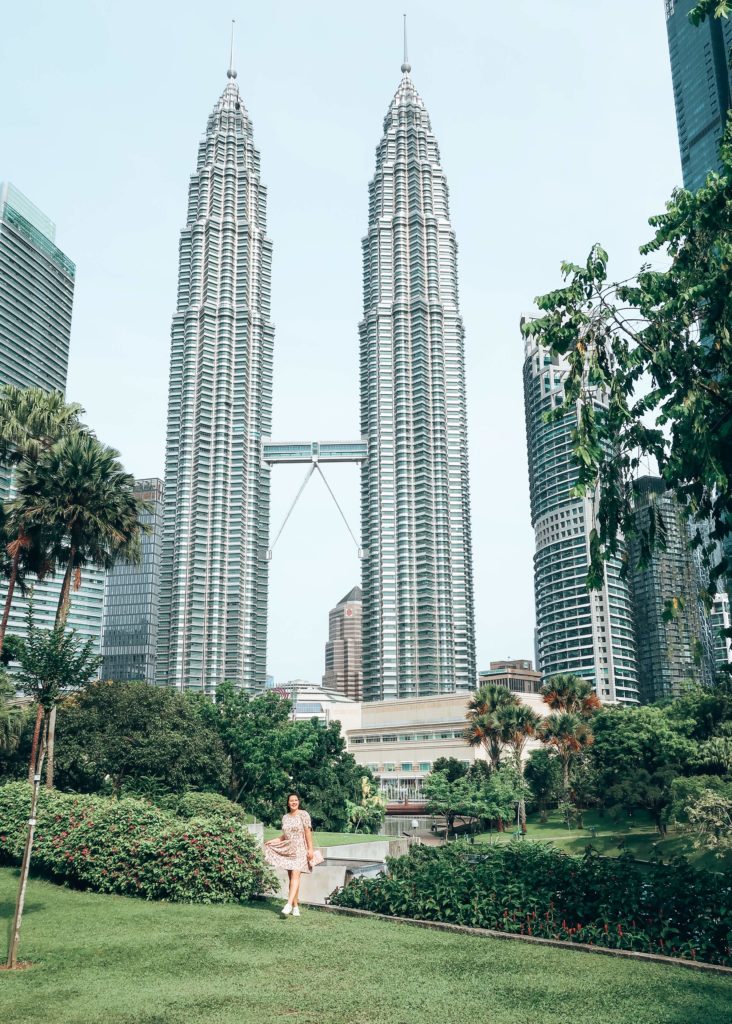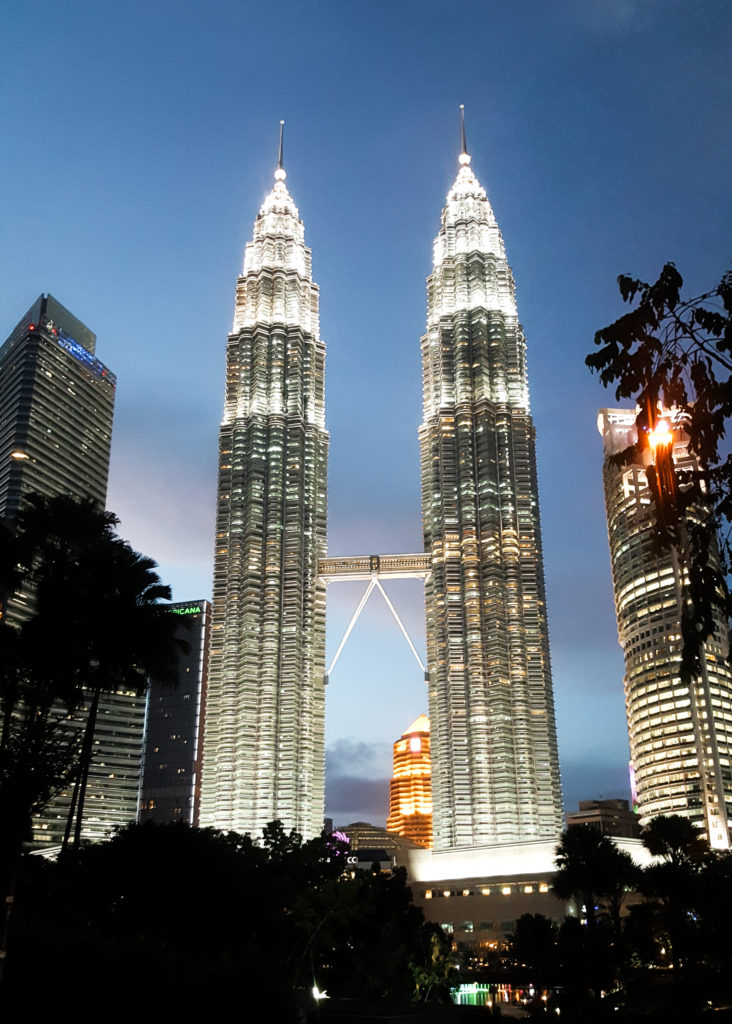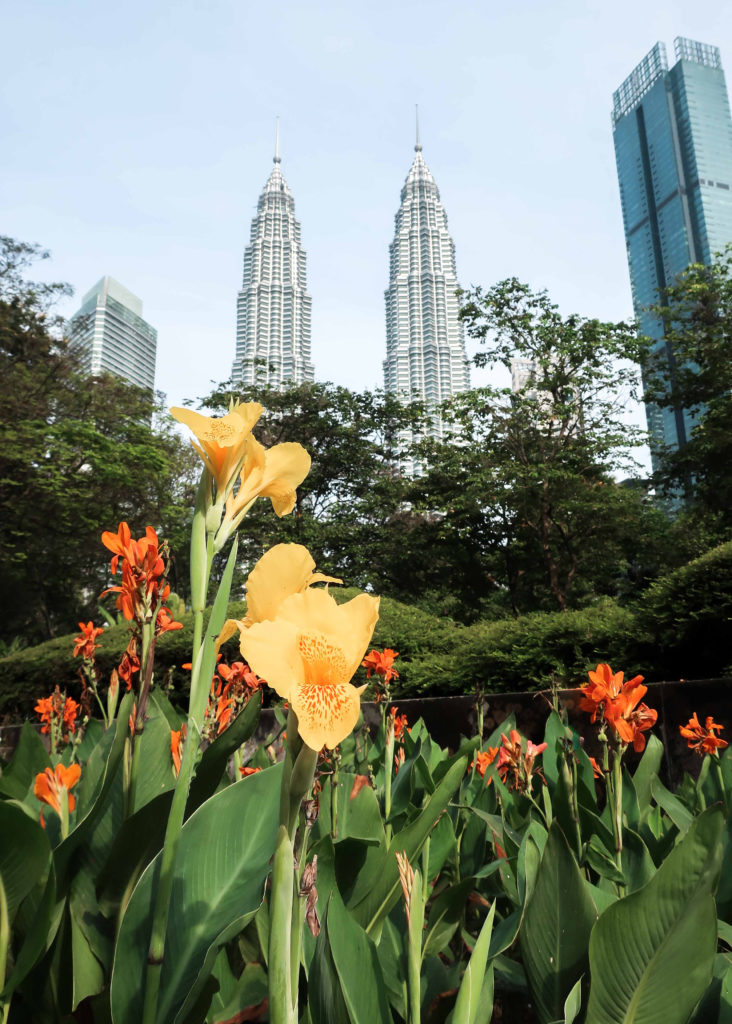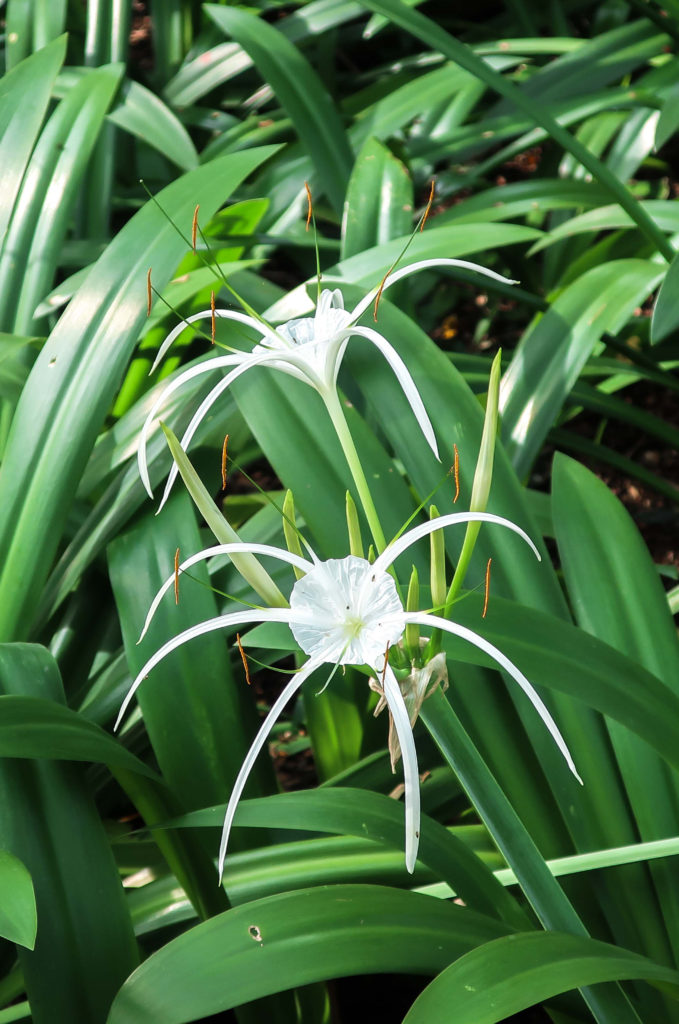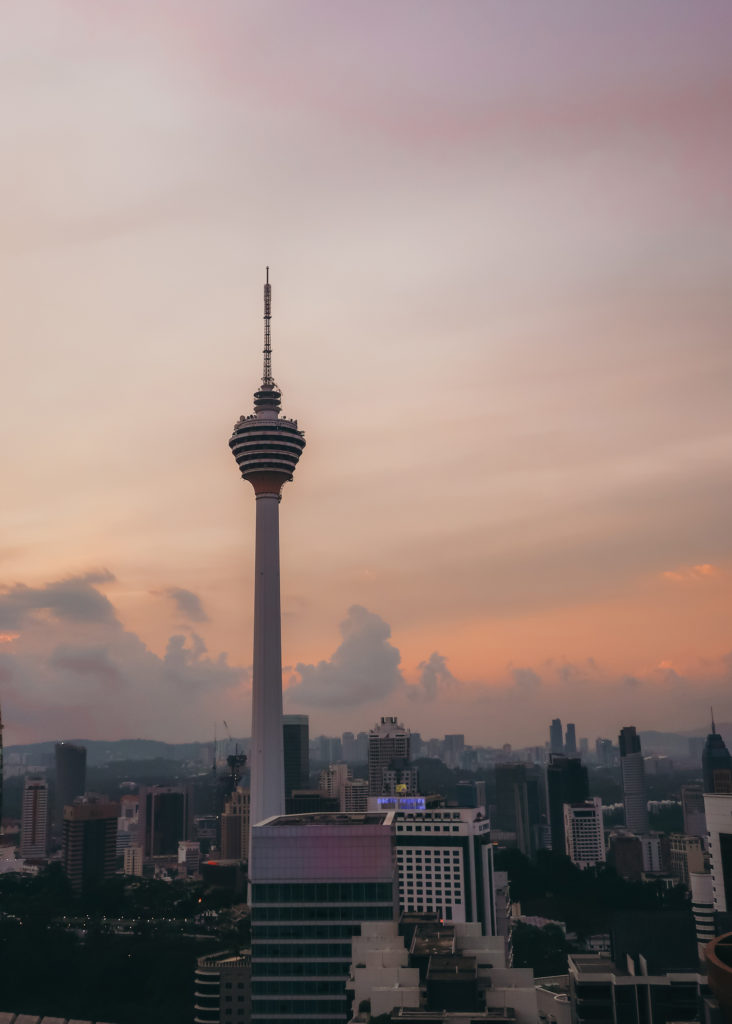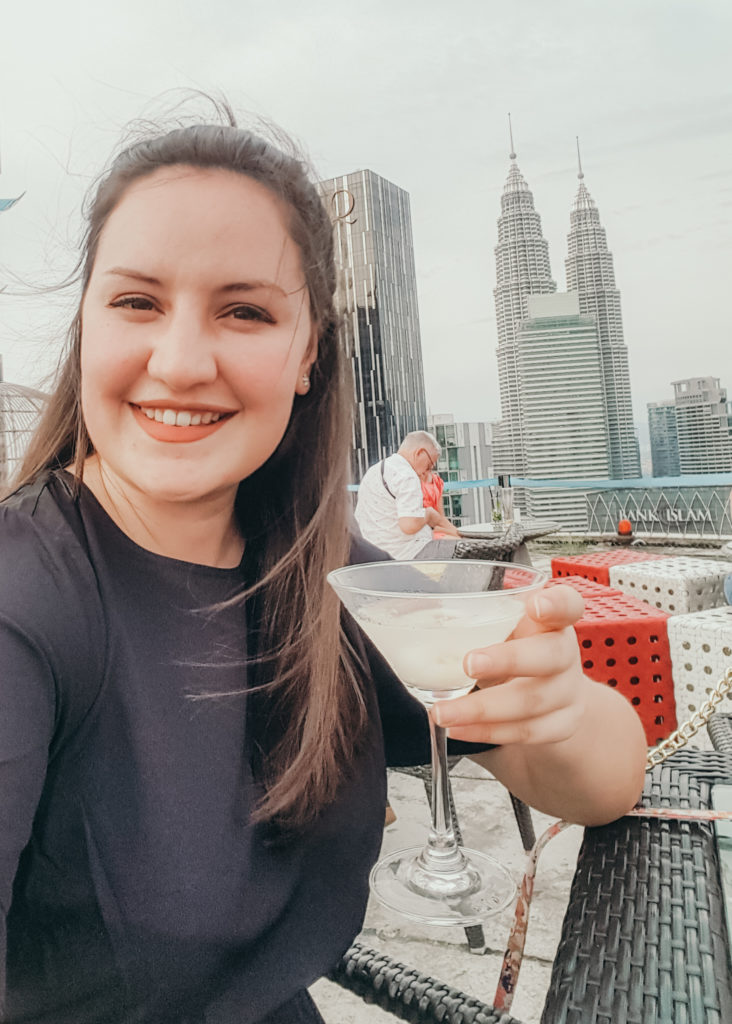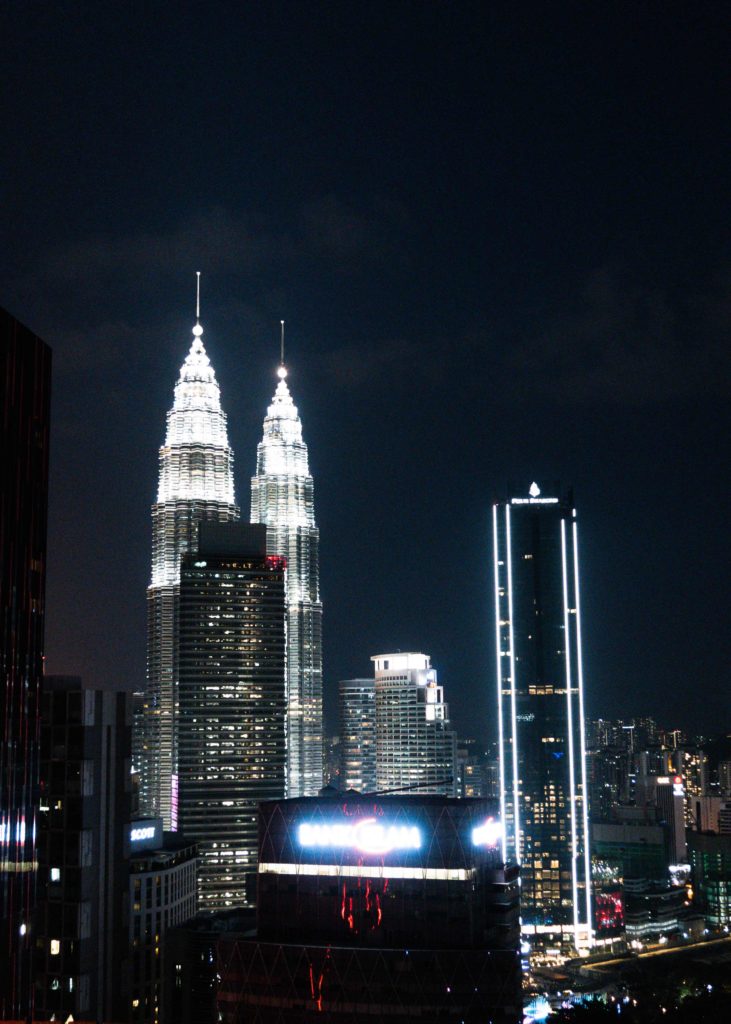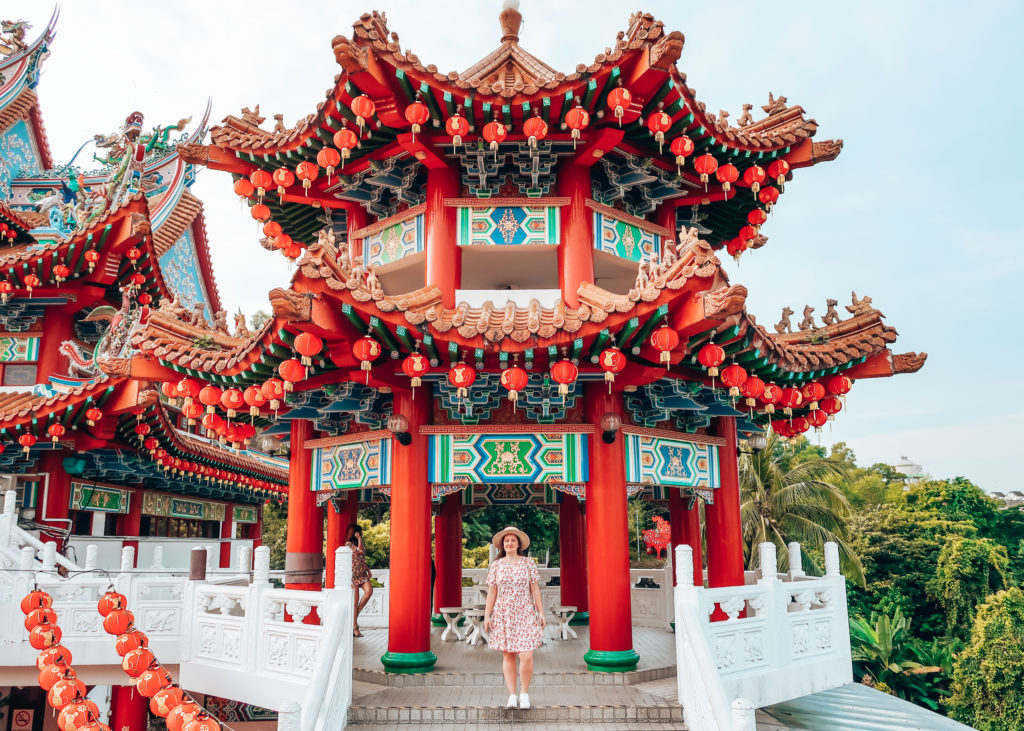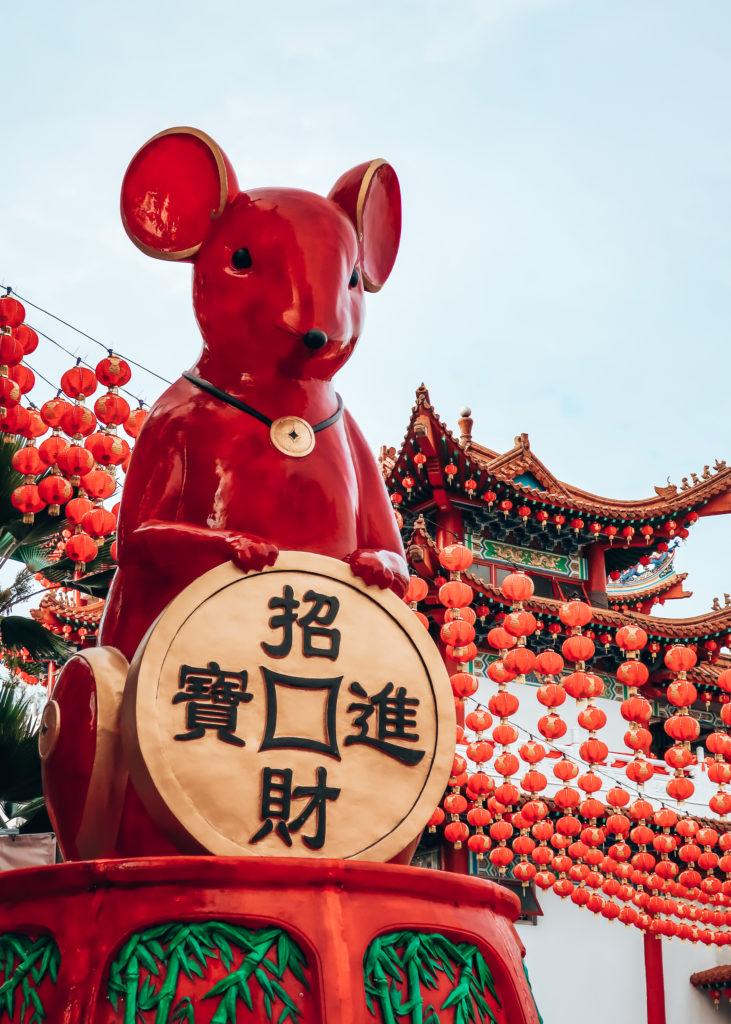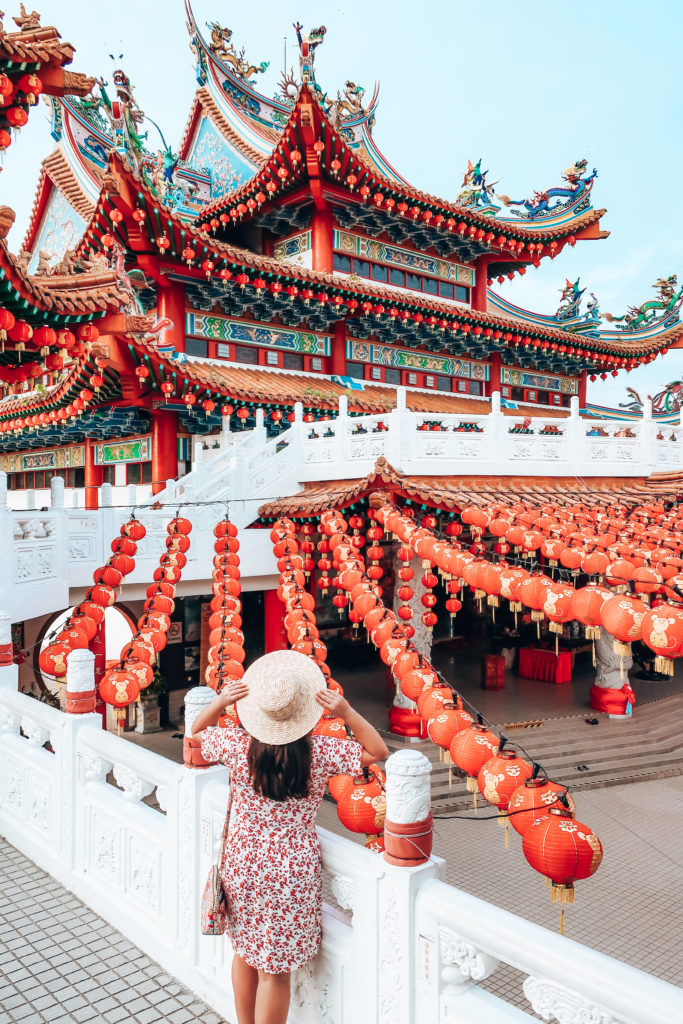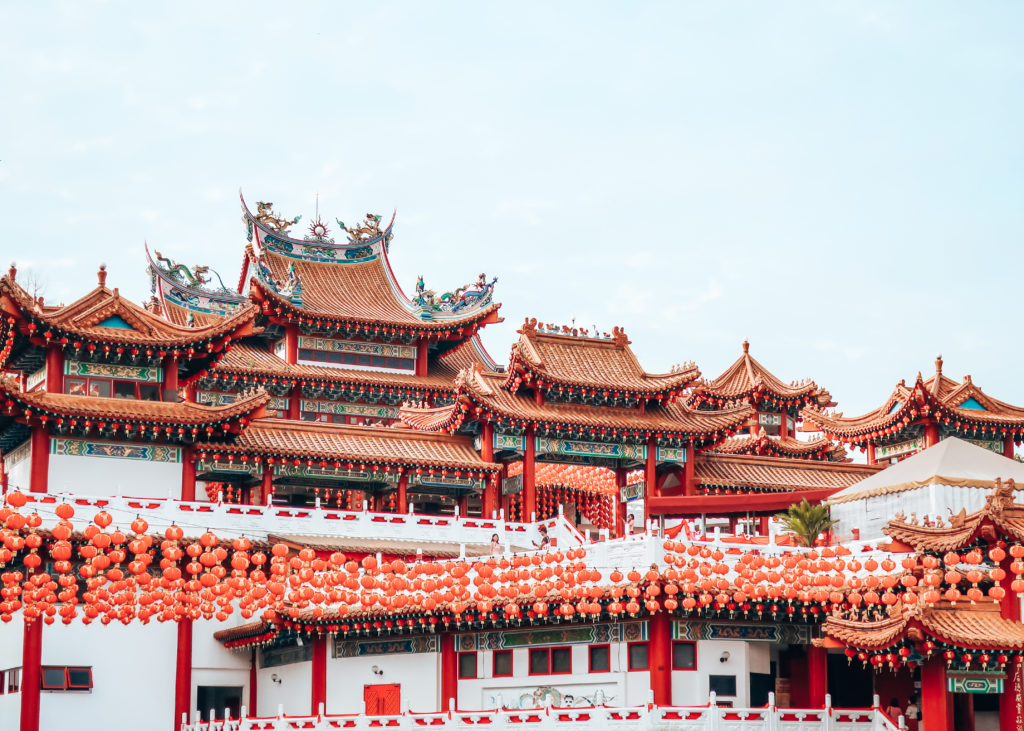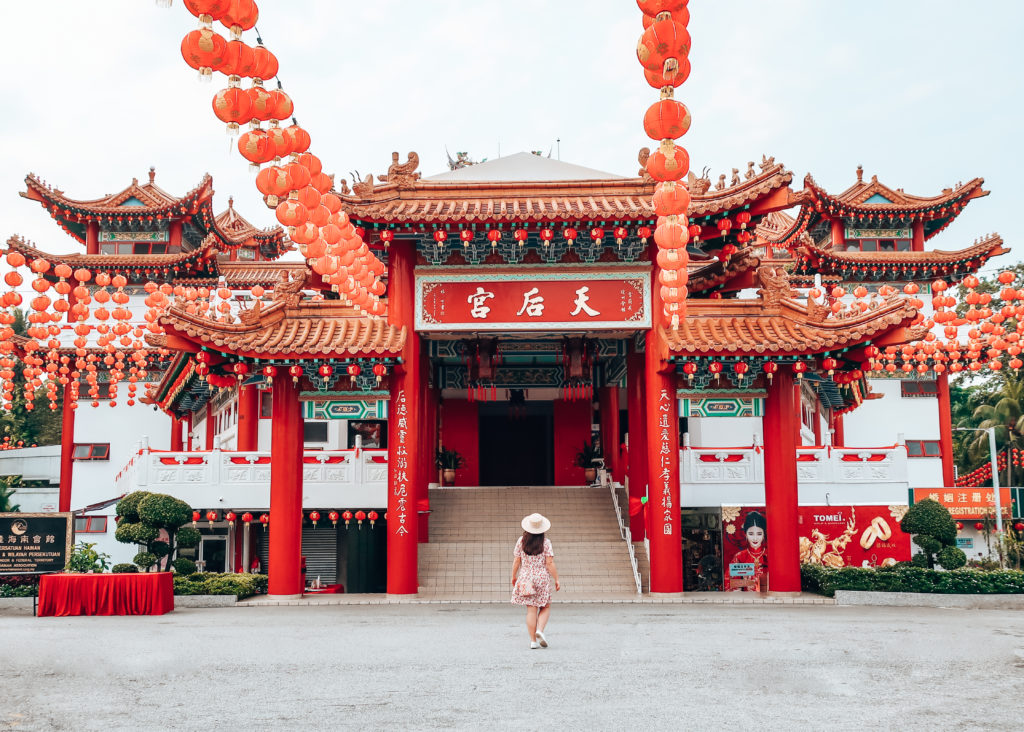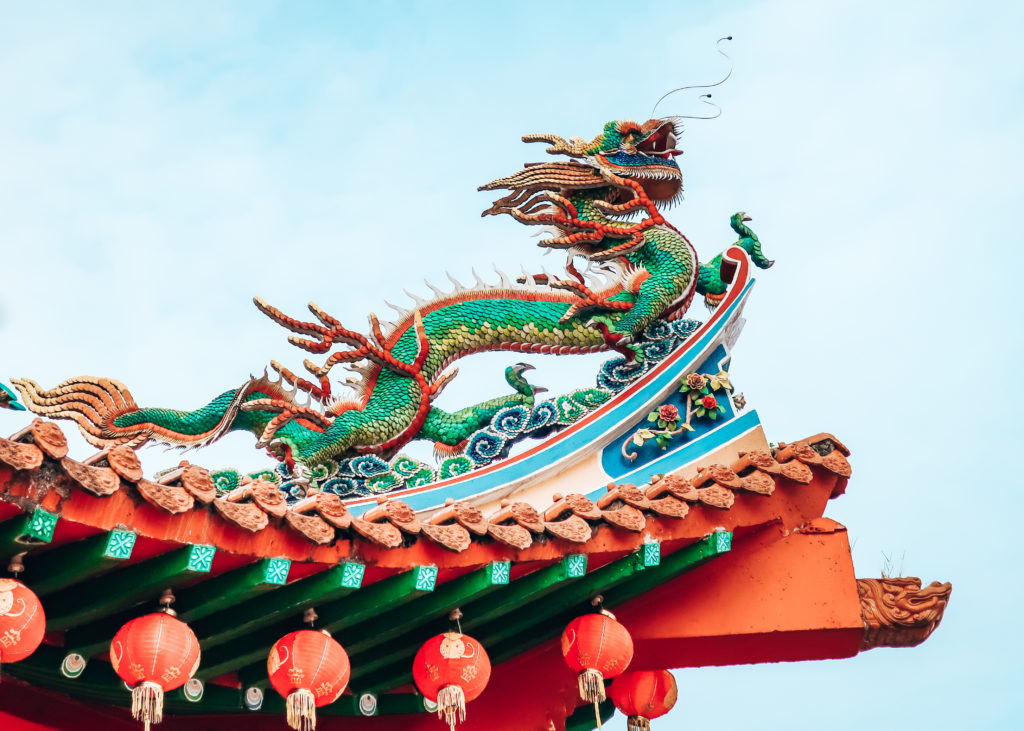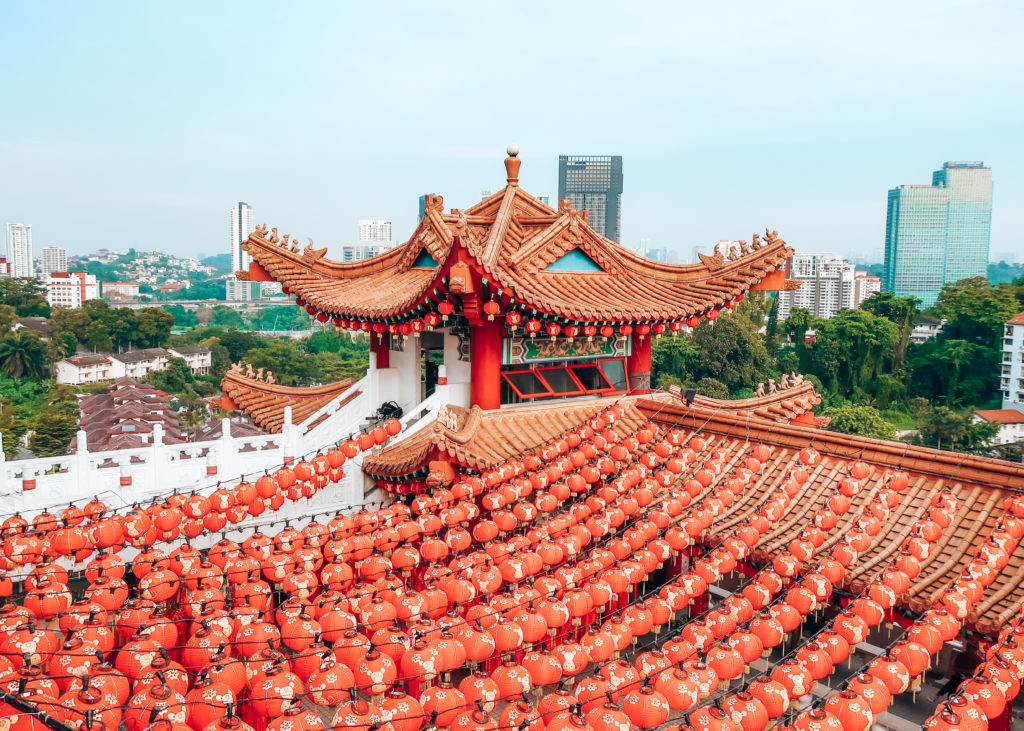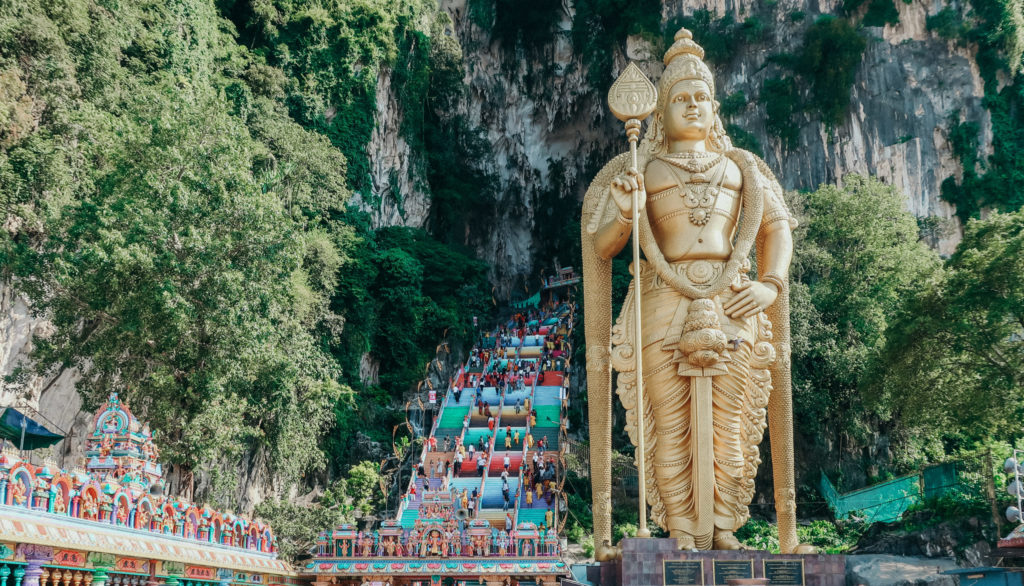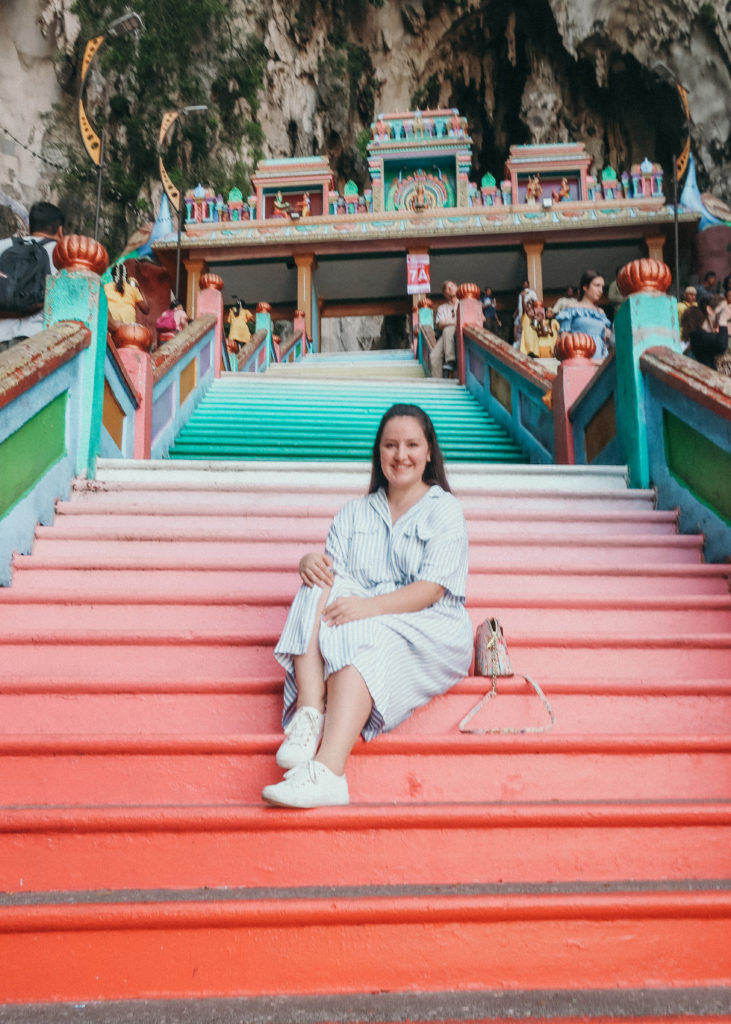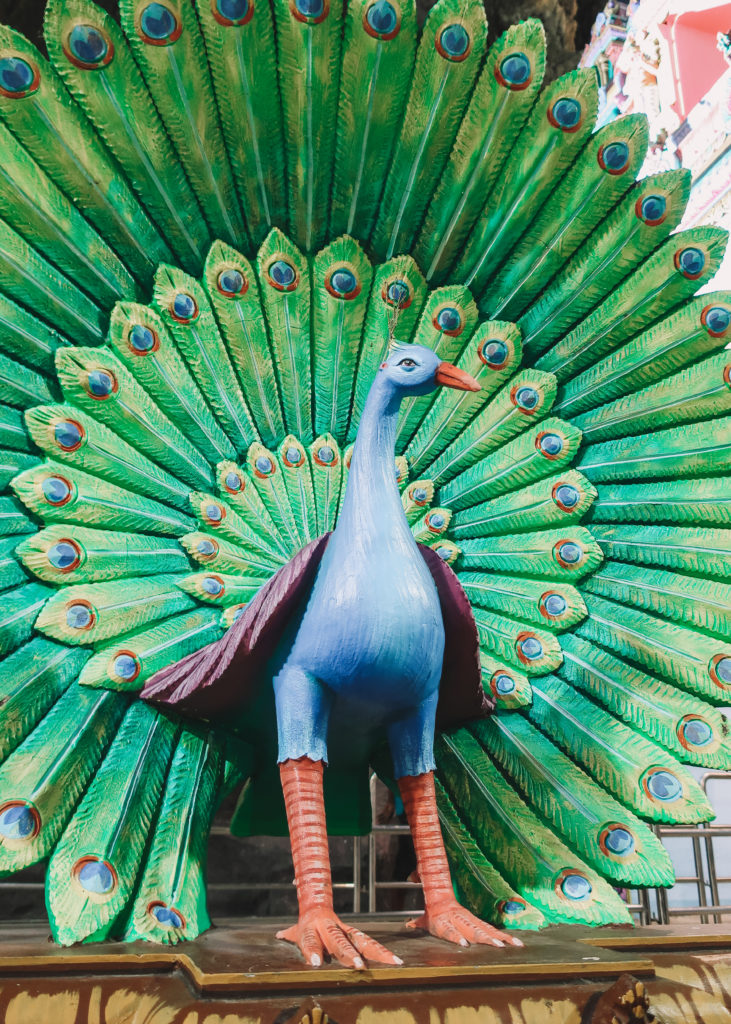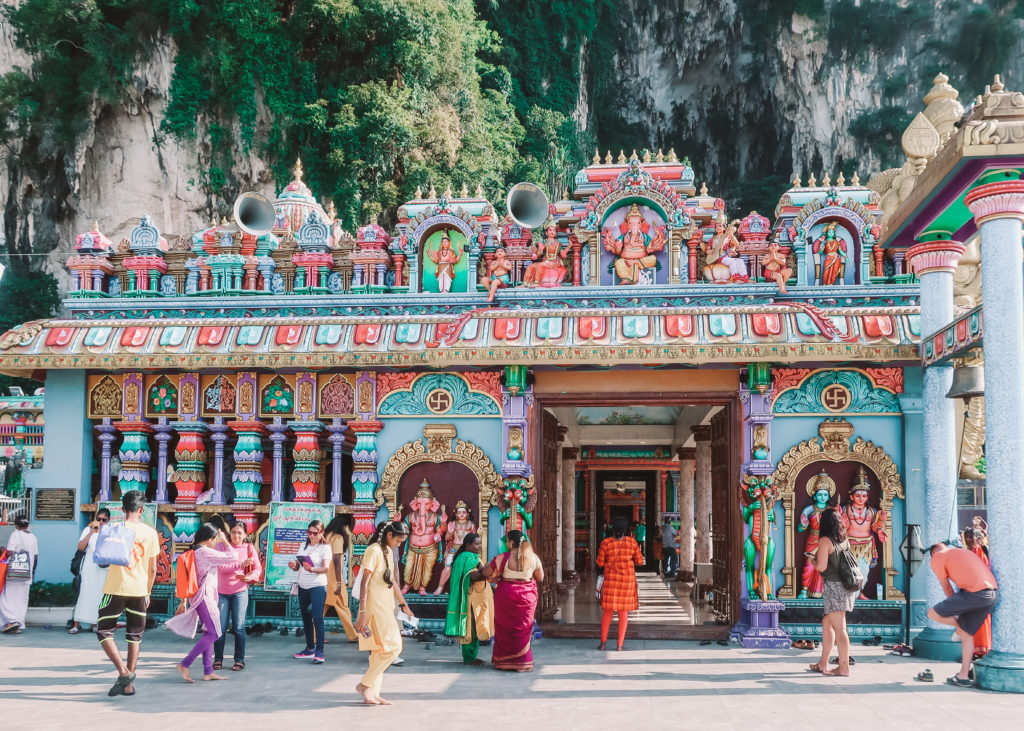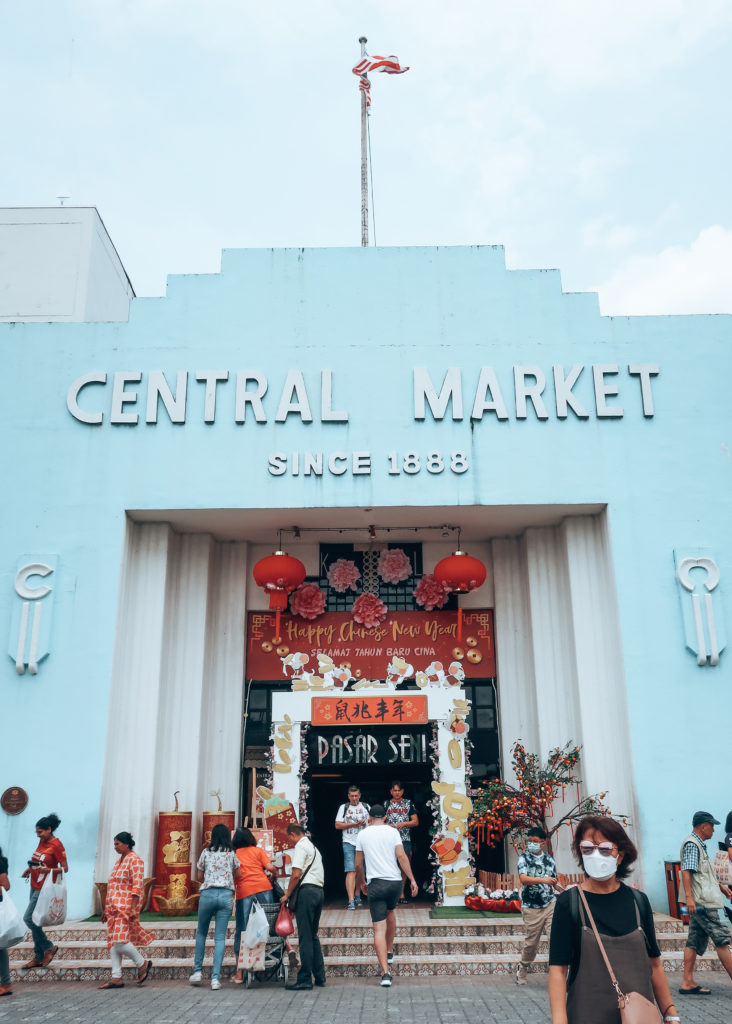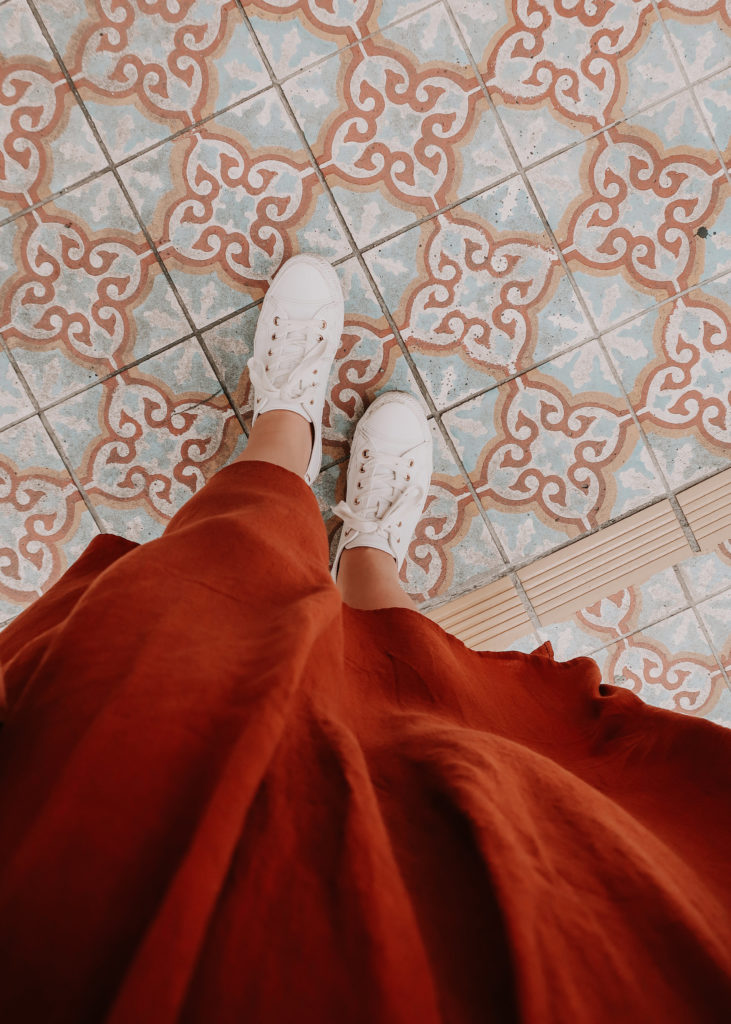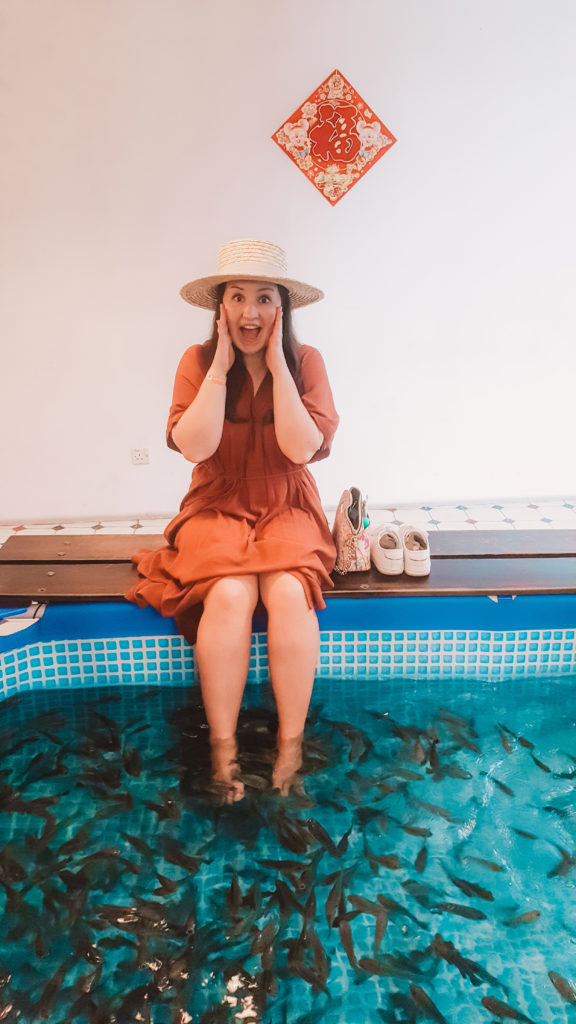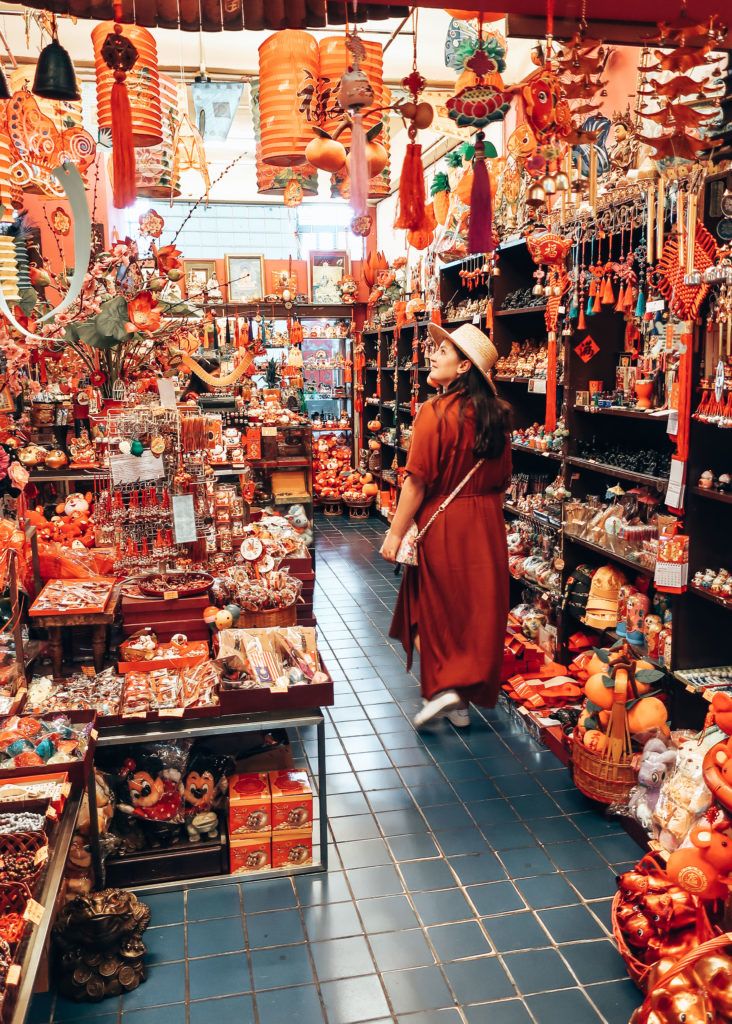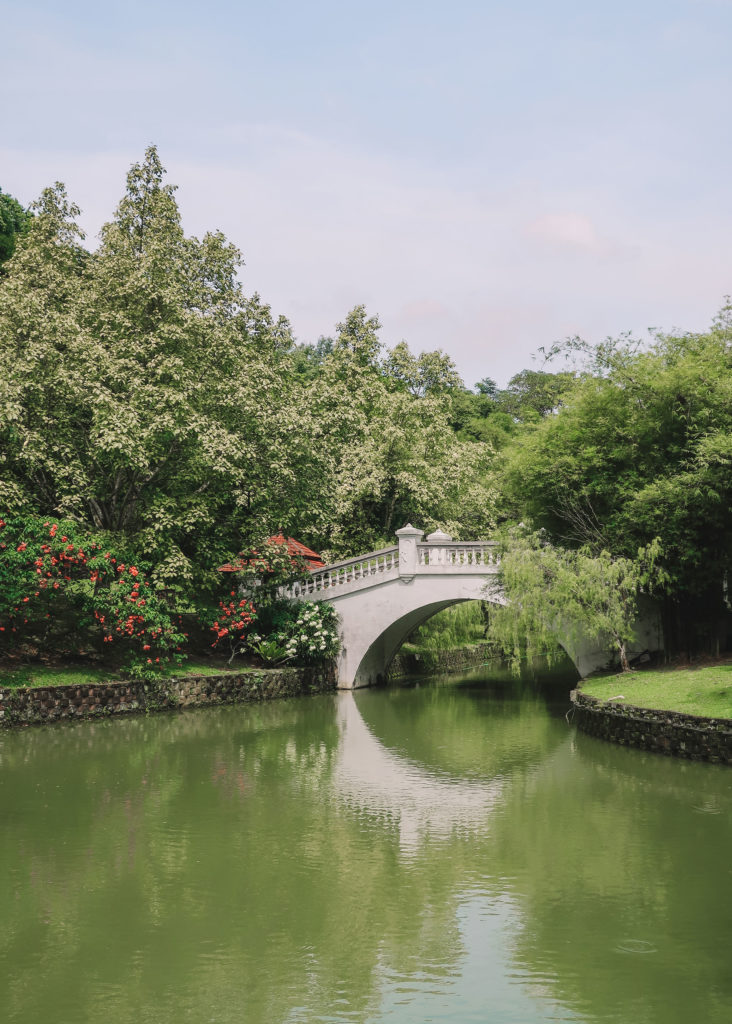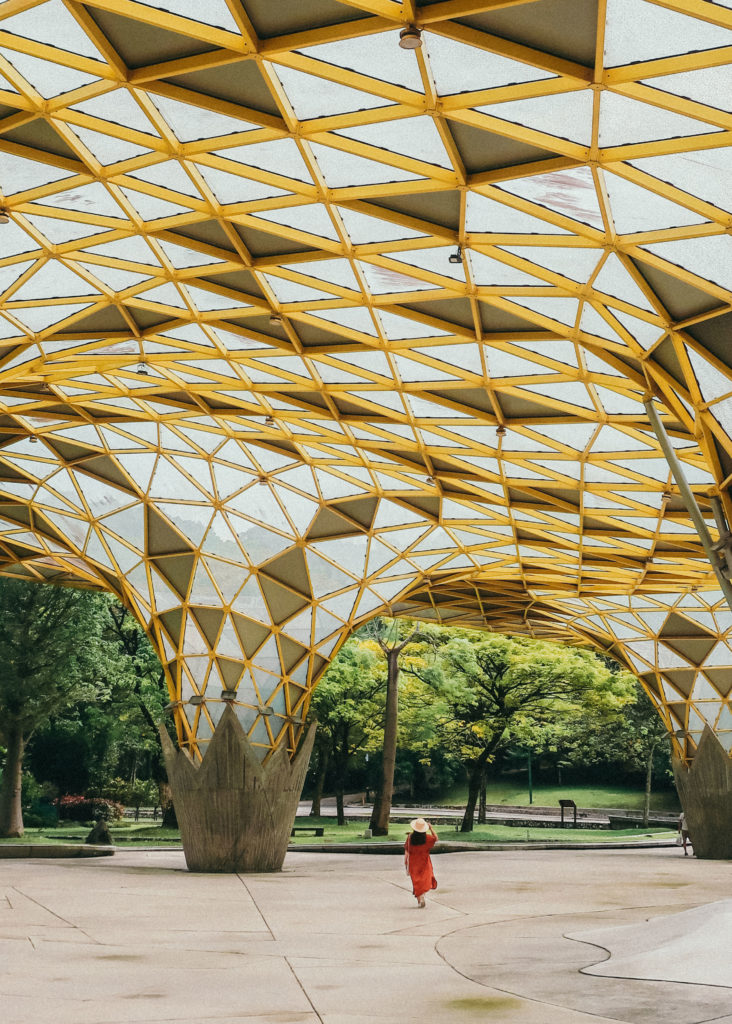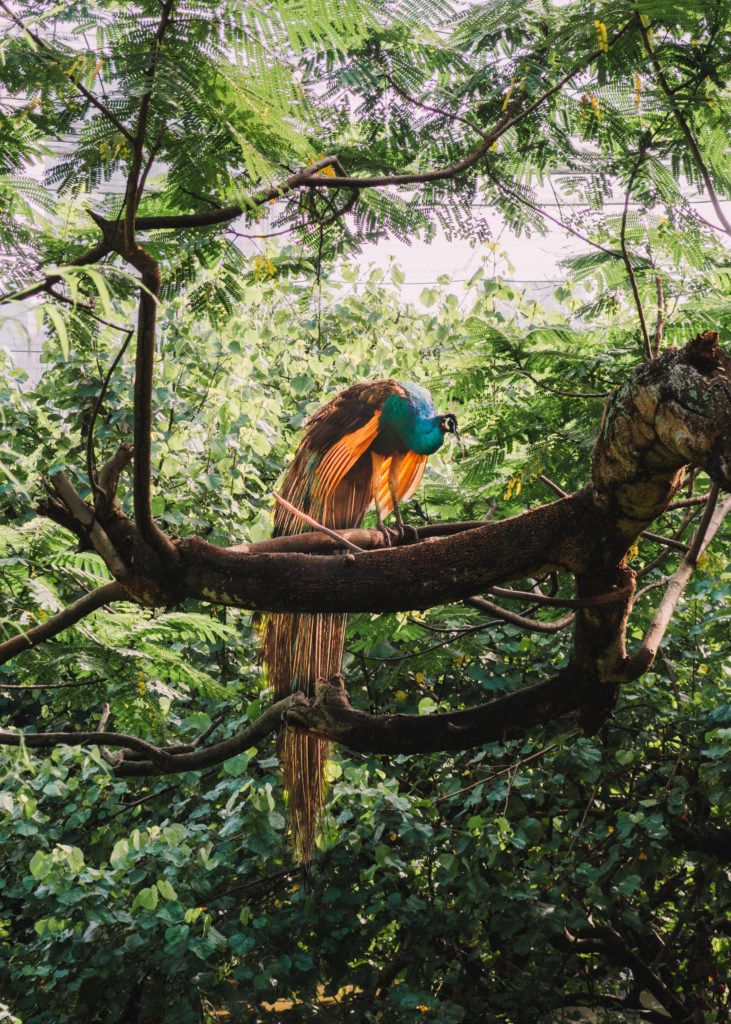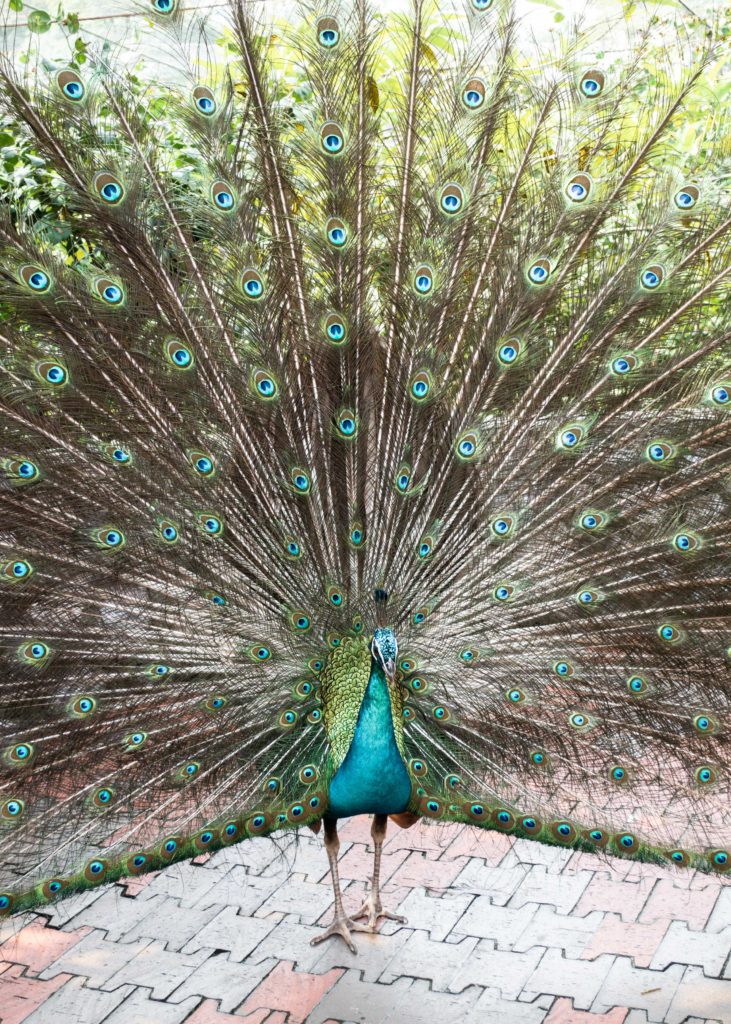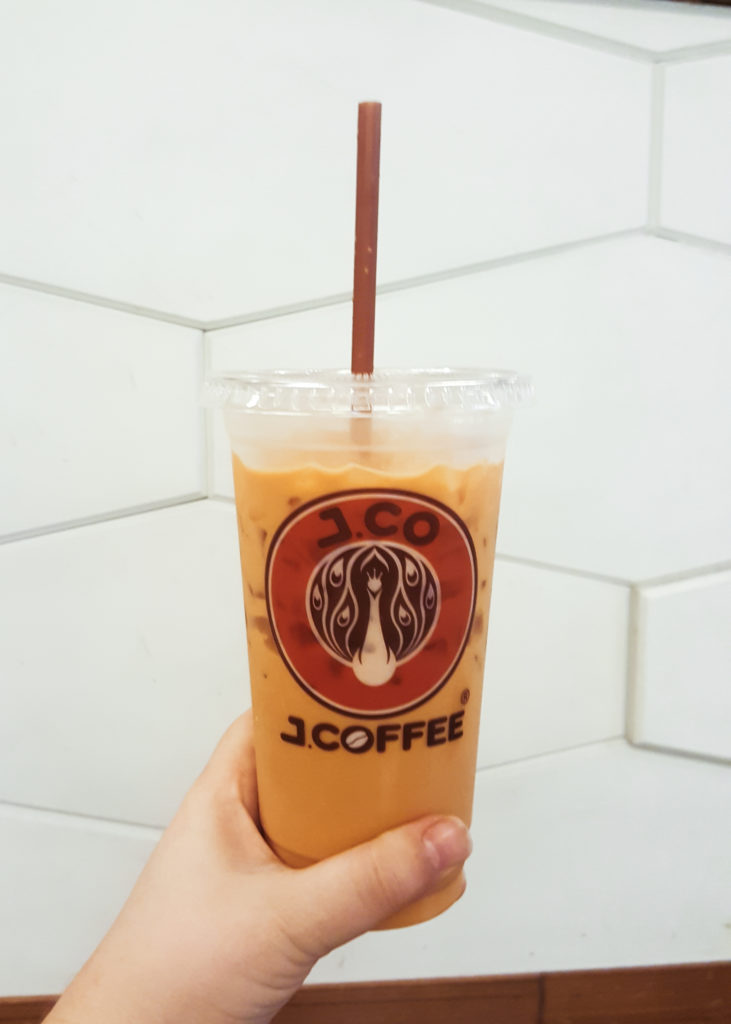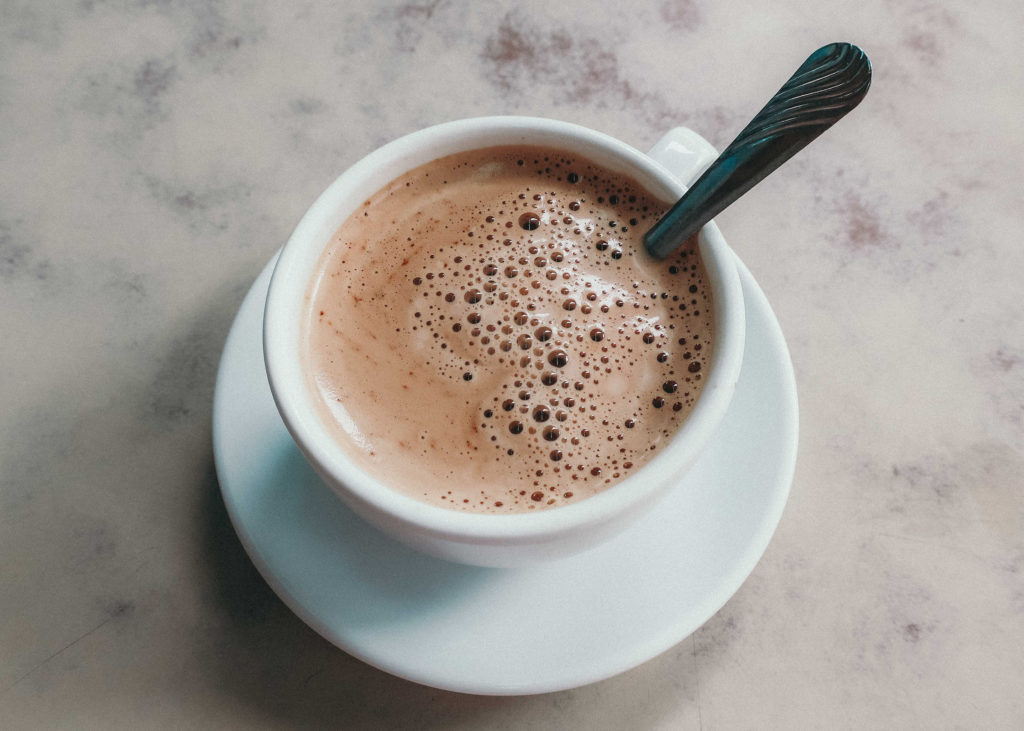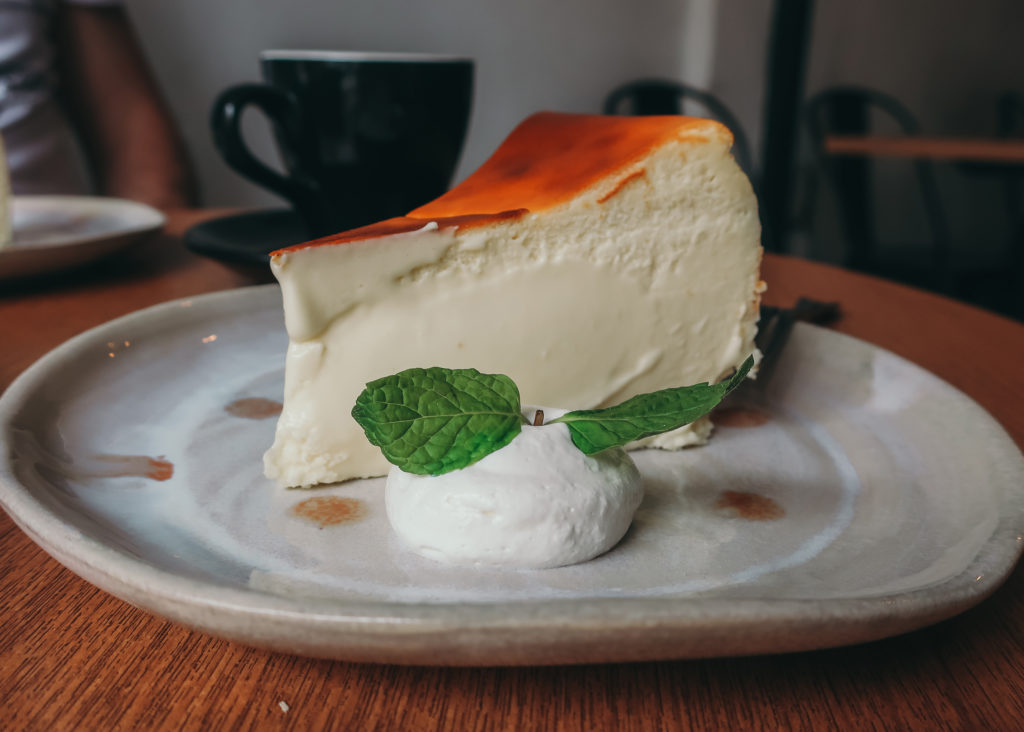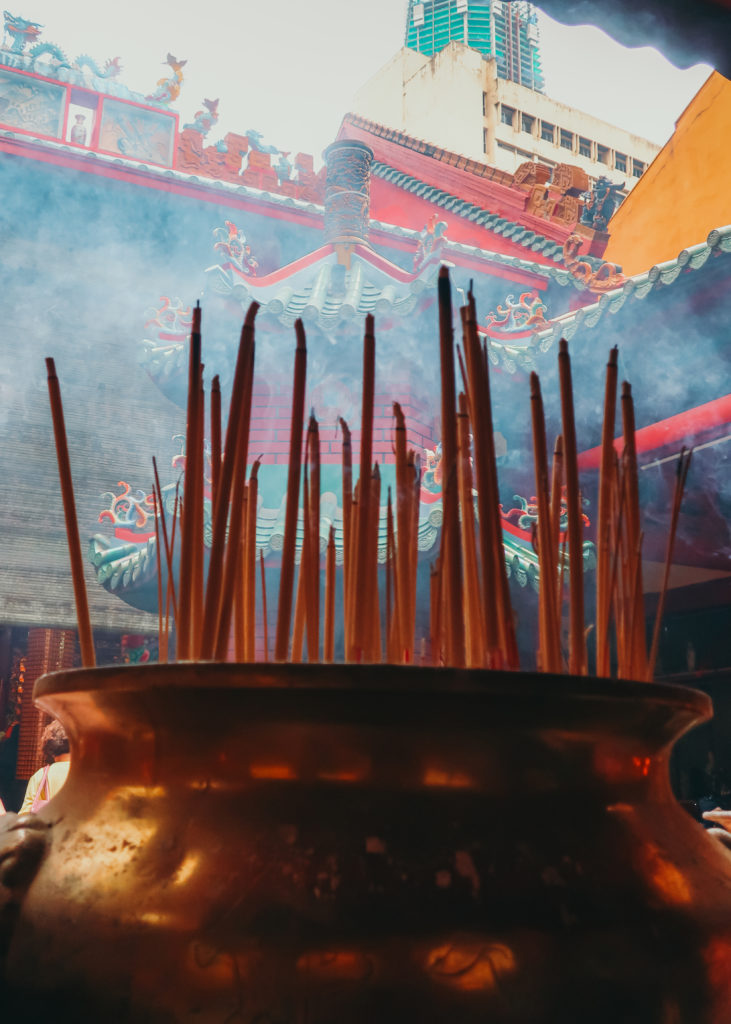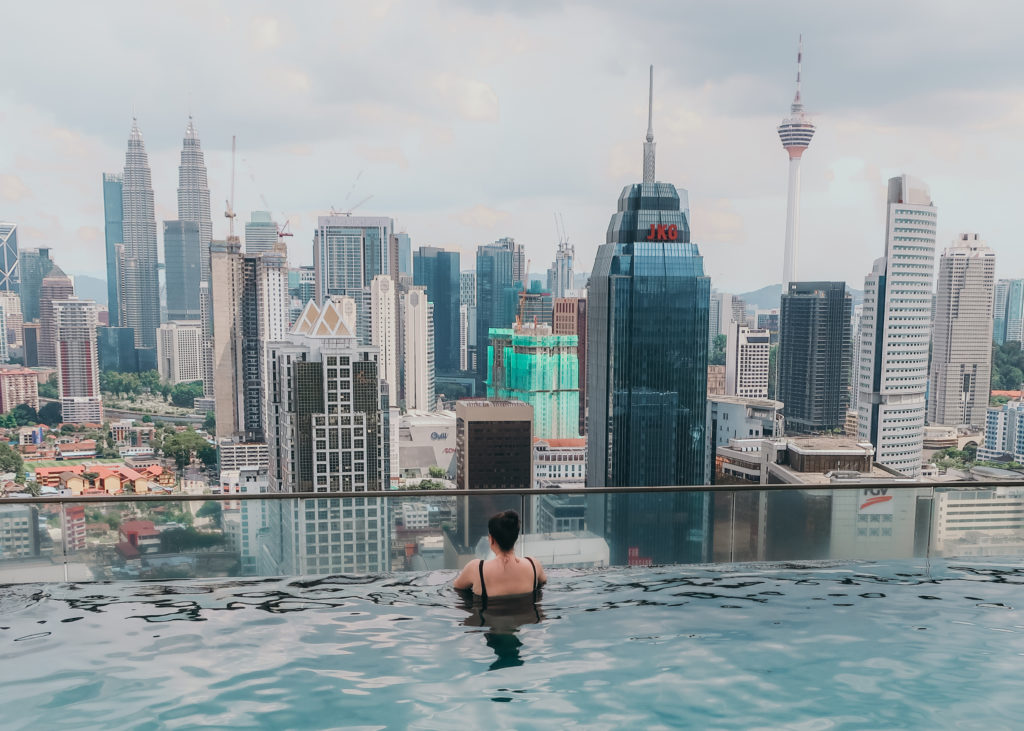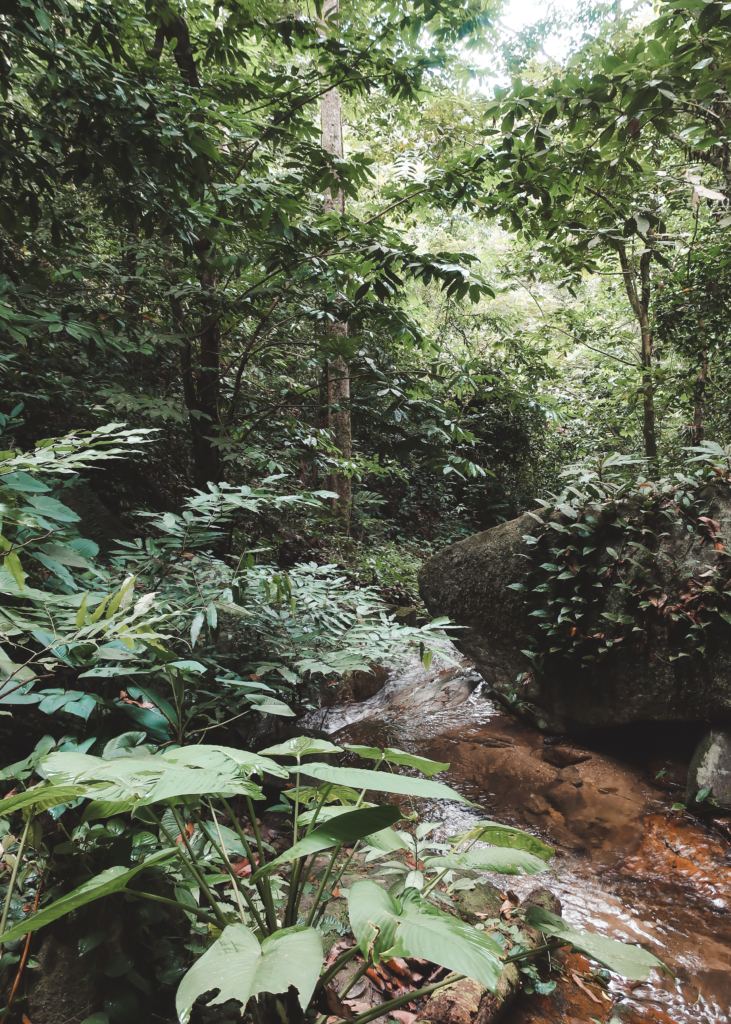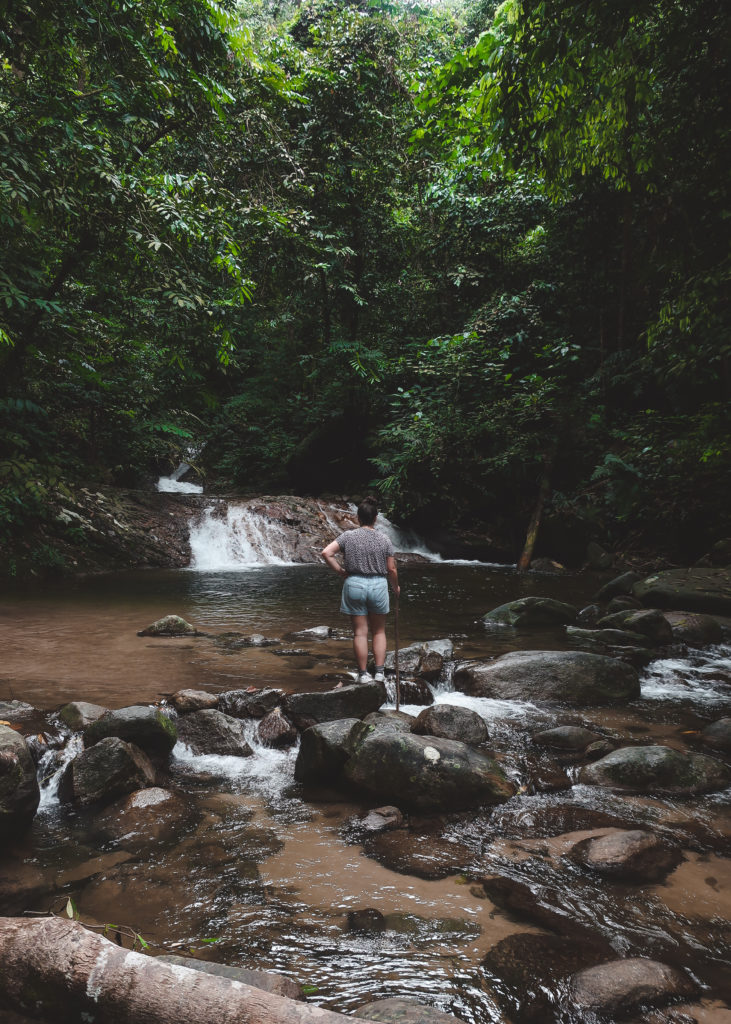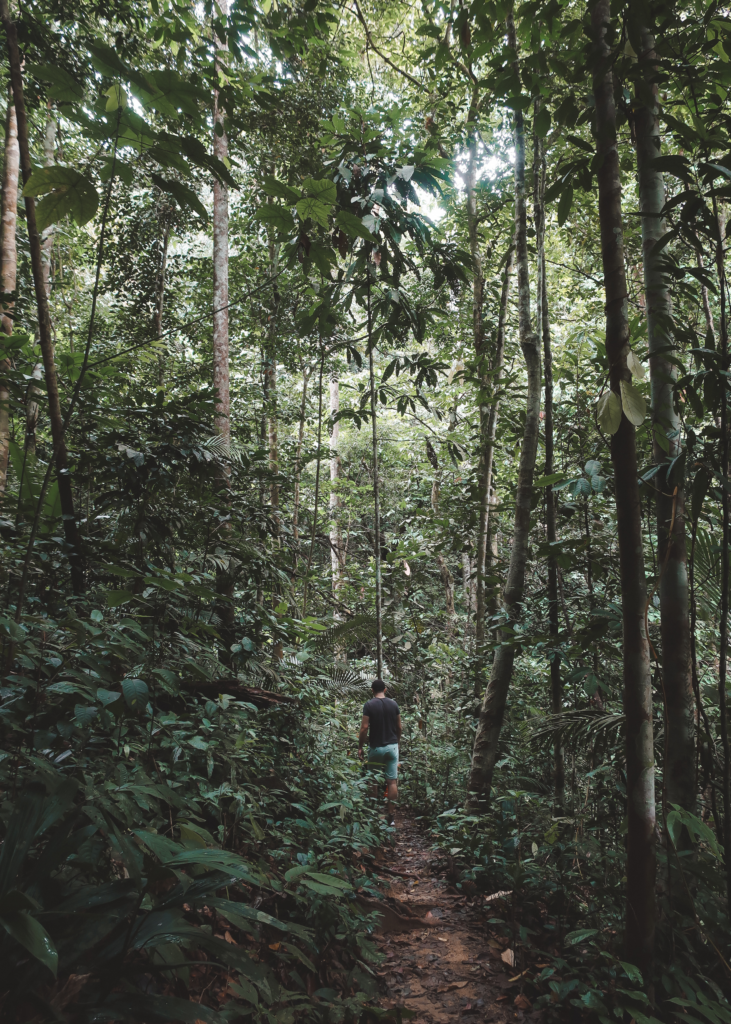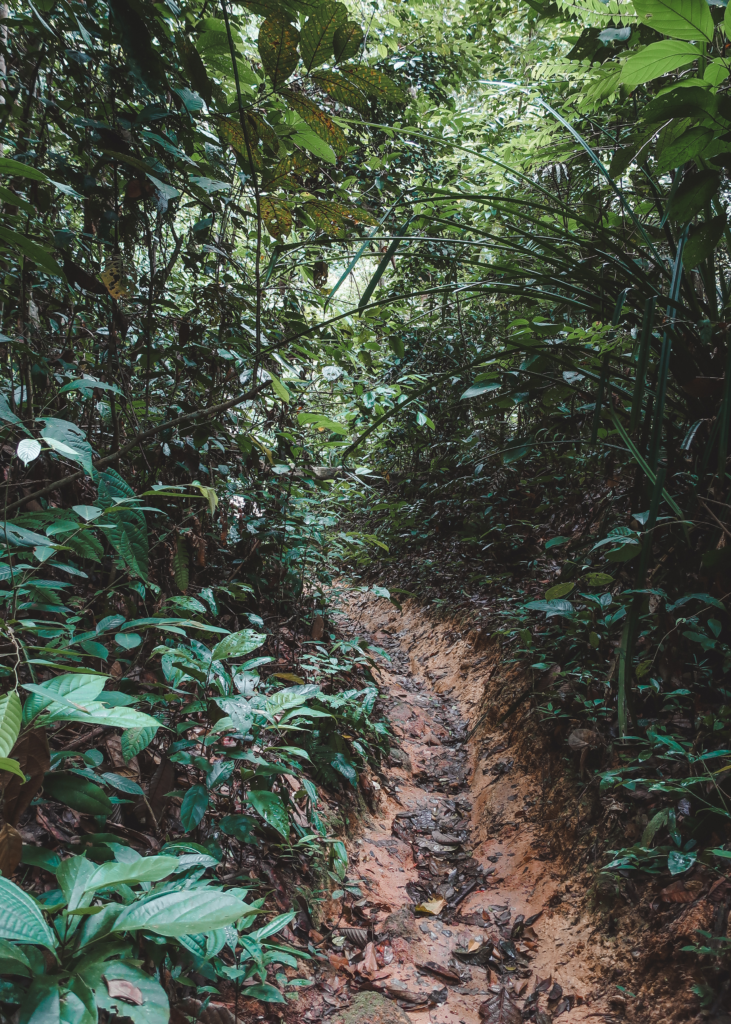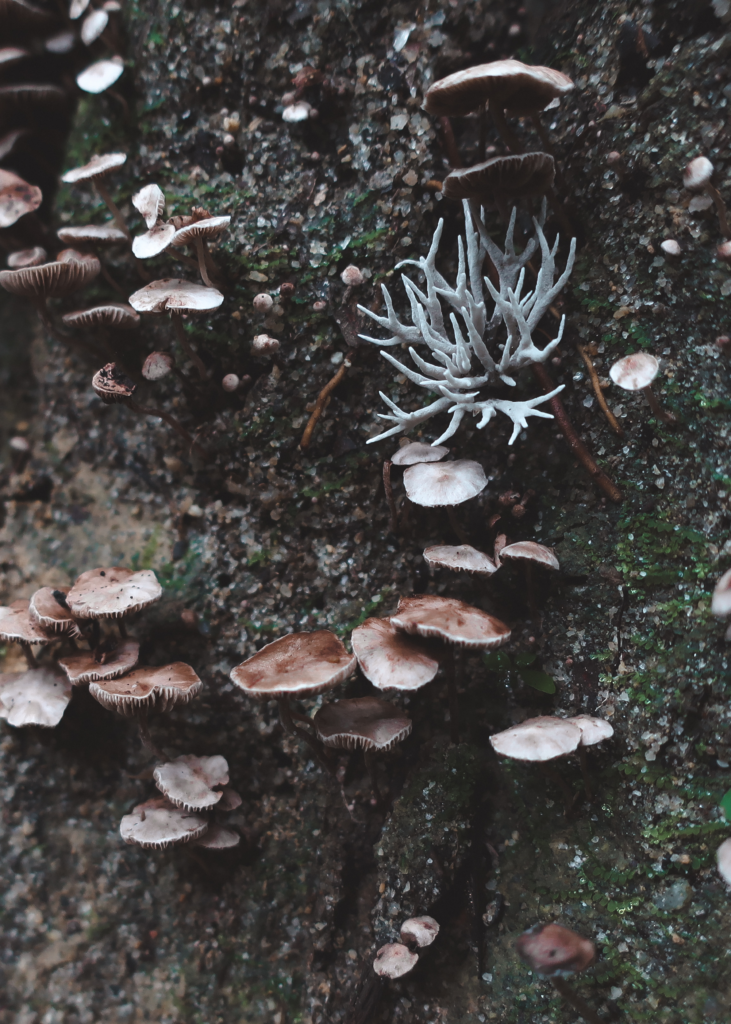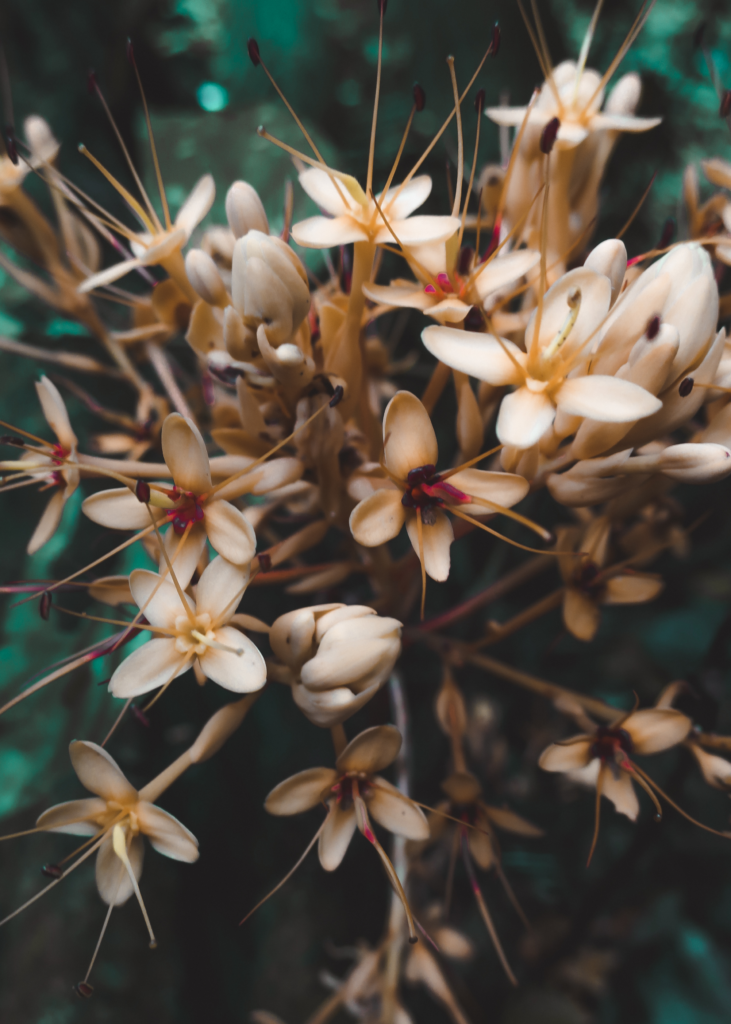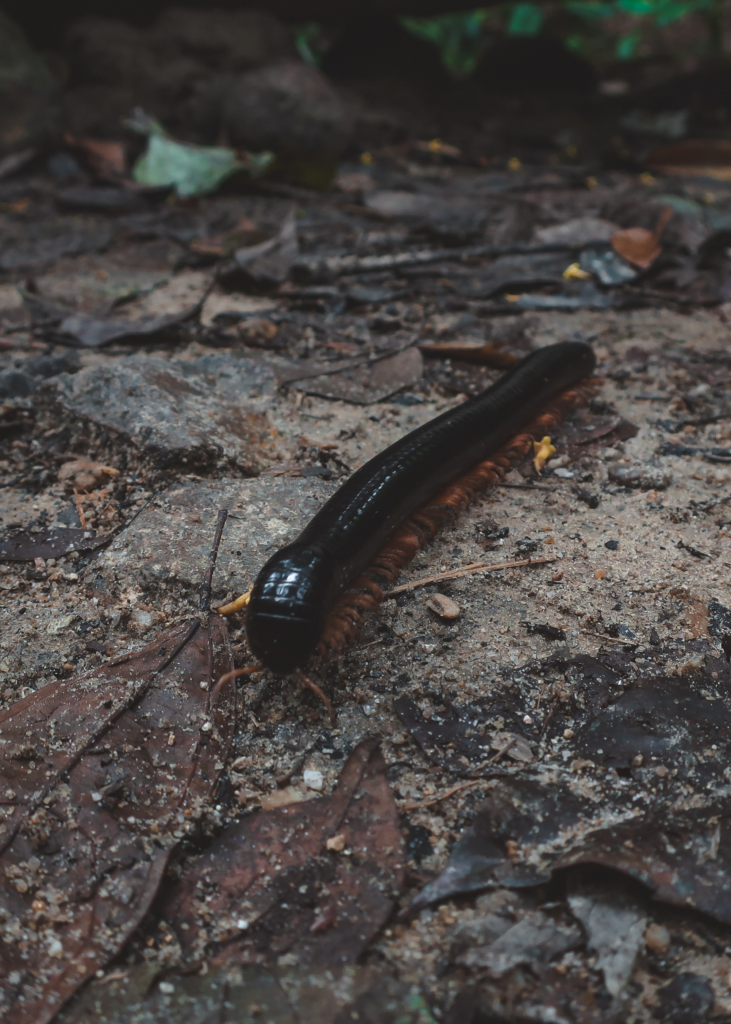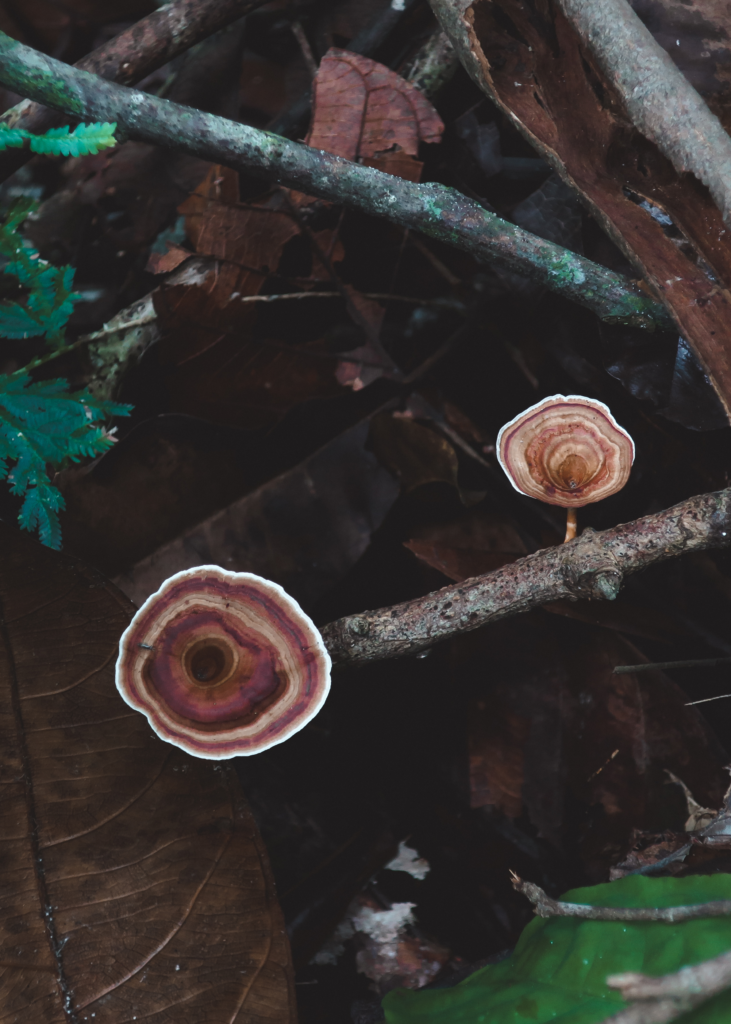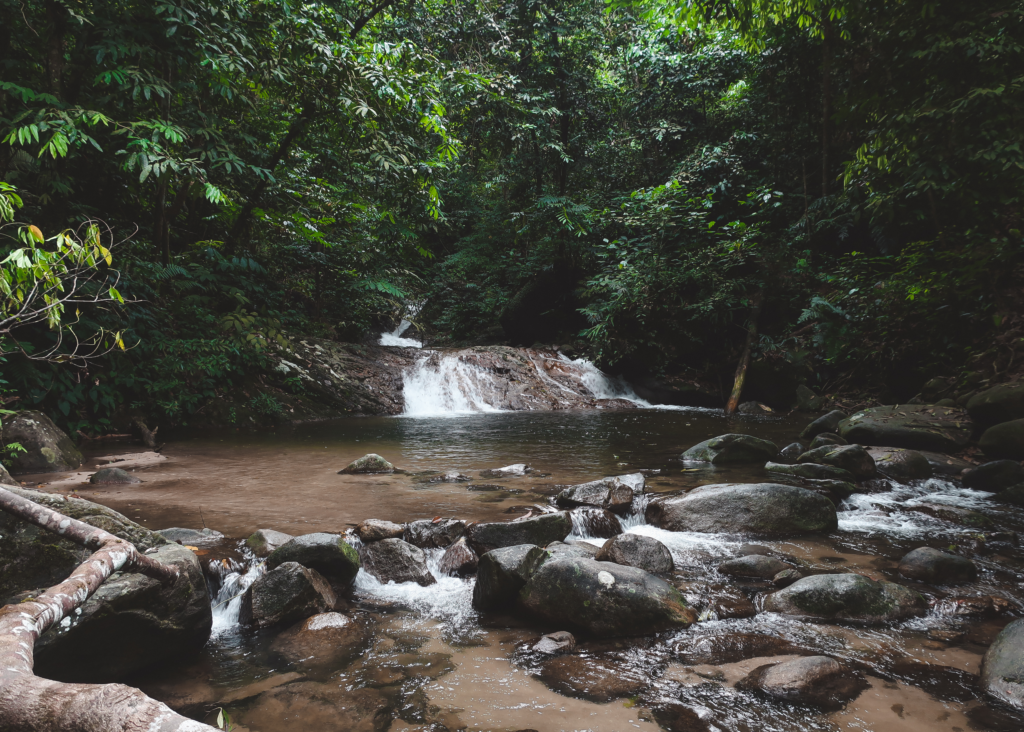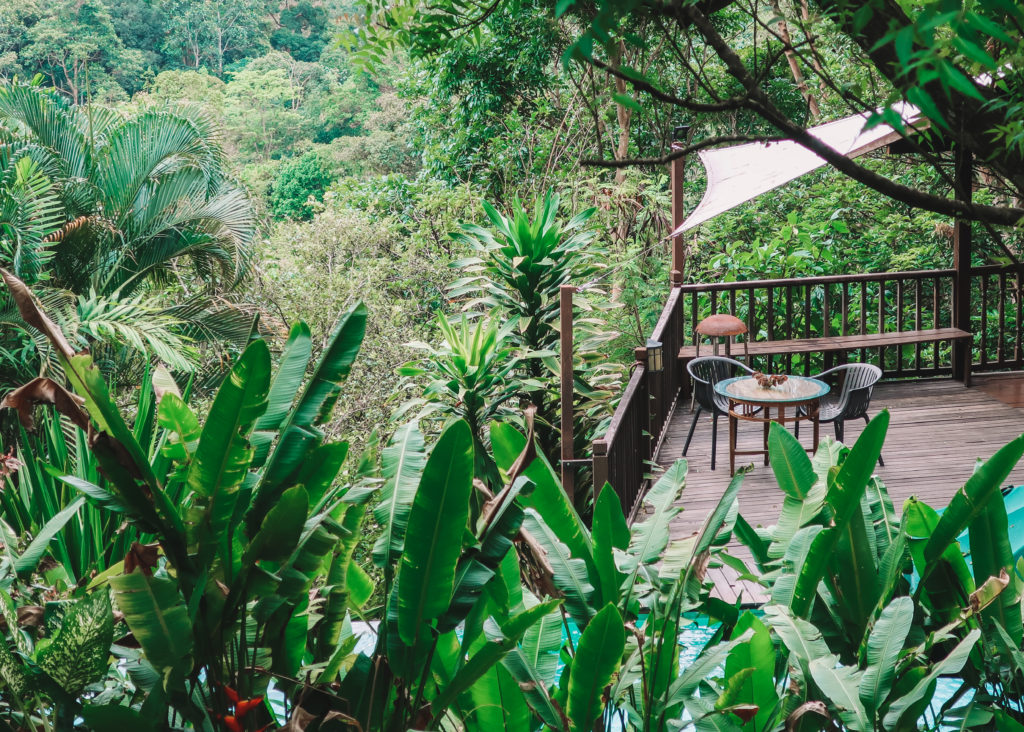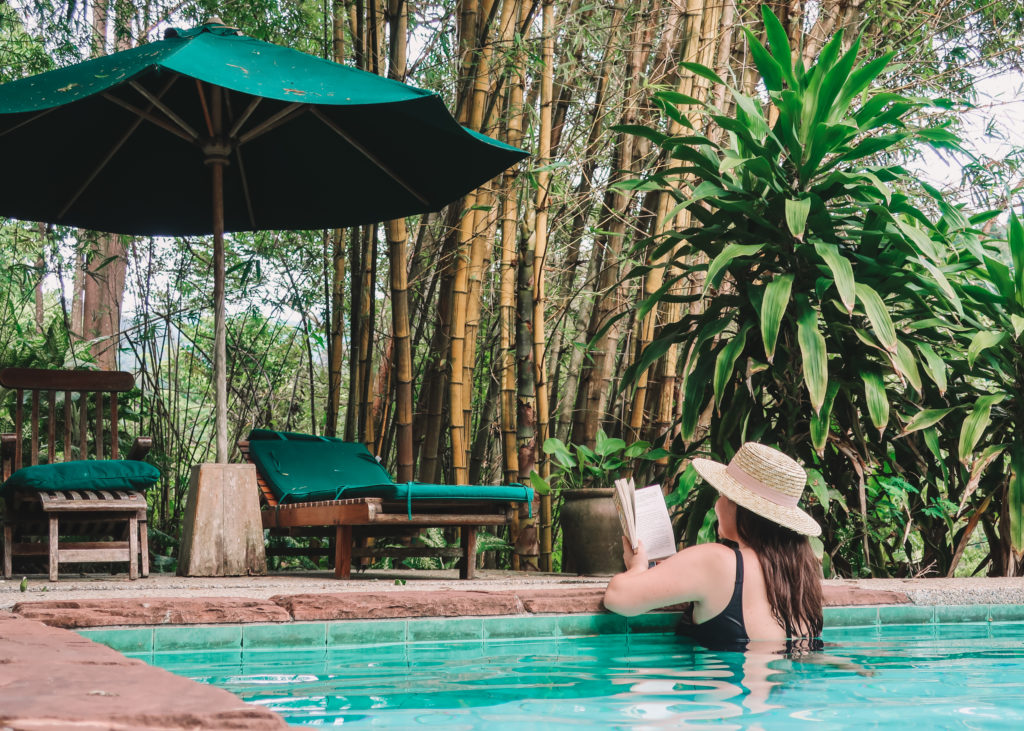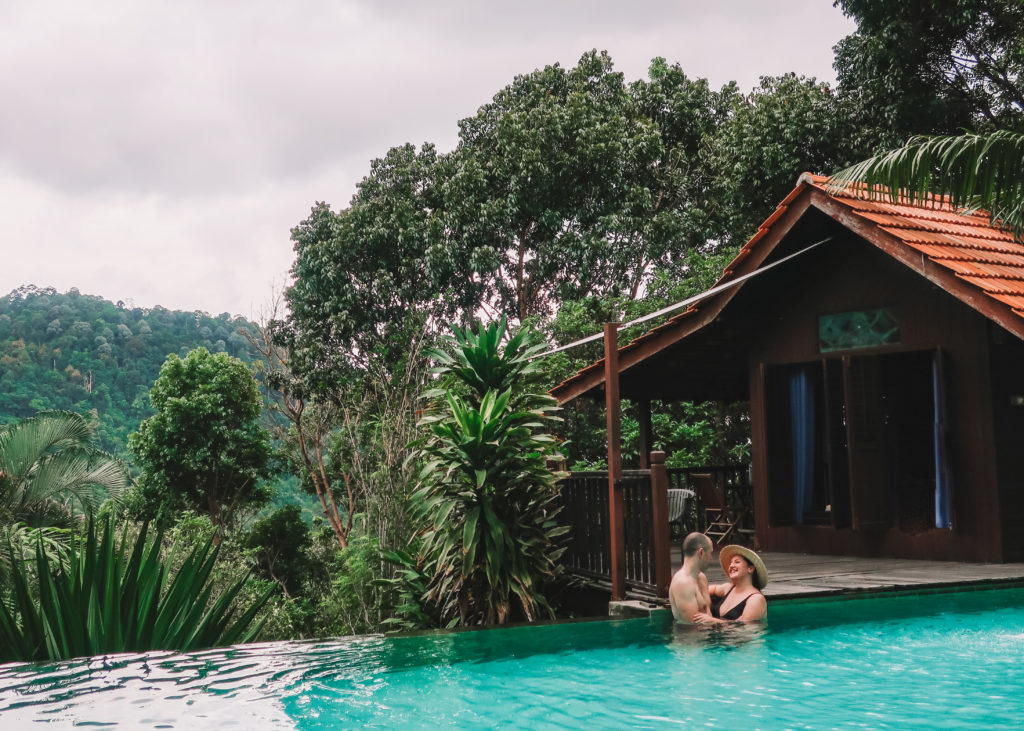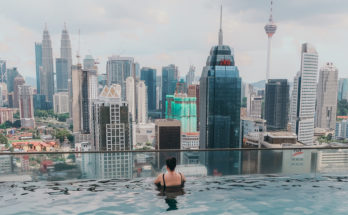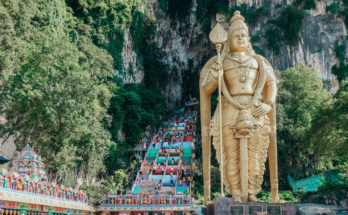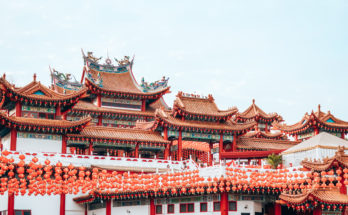With some of Southeast Asias best attractions, food, drinks and sights, Kuala Lumpur is by far one of the most exciting cities to visit. In this full guide you will find all the information you need, plus a few top tips, to all the best things you can see, eat, drink and do in Kuala Lumpur.
Go admire the Petronas Twin Towers
Dominating the city’s skyline, the Petronas Twin Towers are probably Kuala Lumpur’s most recognisable attraction and it is definitely also one of the most visited. Completed in 1996 and opened to the public in 1999, the towers are by far the tallest buildings in Kuala Lumpur, standing at a whopping 451.9m tall. They were the tallest buildings in the world until 2004 when they were surpassed by the Taipei 101 building which is 509.2m from bottom to tip. With 88 floors, the Petronas Twin Towers are still the tallest twin towers in the world and they are true icons of the city.
If you are fascinated by large skyscrapers or if you want to get a great photo of the KL skyline, take a tour inside and up the famous towers. Tours are very organised and all visitors must wear colour-coded lanyards to ensure you stick with your group and the visiting schedule. After purchasing or collecting your prebooked ticket, you will be introduced to the building and receive a safety briefing via a hologram. You will then be escorted into a large lift and taken up to the Sky Bridge which connects the two towers on their 41st and 42nd floors. Hanging 170m above the ground, the Sky Bridge is a great place to get a few photos with the city in the background but note that you will only get around 10 minutes on the bridge and it is completely enclosed.
Next you will be ushered back into the lift and up you go to the 88th floor where you can step out onto the observation deck on the 86th floor. Here you can get a fantastic 360° view of Kuala Lumpur and on a clear day you can truly see for miles. After 15 minutes you will be guided back into the lift and the tour ends in the gift shop where you can indulge in overpriced souvenirs.
The entire tour takes around 45 minutes and an adult ticket will cost your RM80 per person. The Petronas Towers are open Tuesday to Sunday, from 9am until 9pm, but are closed on Fridays between 1pm and 2.30pm. You can check available times and pre-book your tickets by visiting the Petronas Twin Towers website.
If you would rather enjoy a view of the towers from the ground, there are some fountains outside the Suria KLCC Shopping Centre which forms the base of the Petronas Twin Towers. Looking over the fountains towards the towers are a really spectacular sight, especially at night, so prepare yourself to find some big selfie crowds. Be sure to take a wide-angle lens or buy one from the many hawkers hanging around to ensure you get that famous fountain-tower shot. You can also get great views of the Petronas Twin Towers from the green and gorgeous KLCC Park, one of the city’s other great attractions.
Stroll around the KLCC Park
The KLCC Park is by far one of the favourite green spaces for both locals and visitors alike in Kuala Lumpur. In stark contrast with the city’s grey buildings and black roads, the park is green, lush, tropical and a wonderful escape. Built in 1998 under the watchful eye Brazilian architect Roberto Burle Marx, the park was to “leave the world a little more sensitive and a little more educated to the importance of nature.”
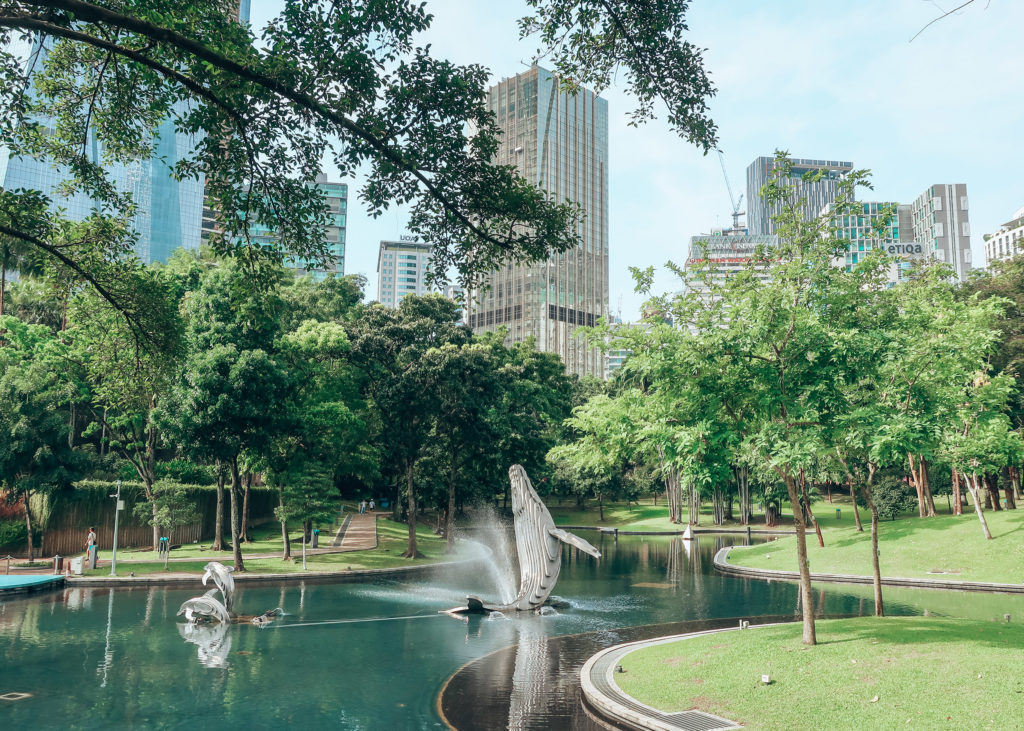
With that in mind, the park is a world-leading green space in the midst of the busy city and showcases the rich and diverse flora Malaysia is famous for. The park subtly campaigns for the protection of the country’s rich biodiversity and the importance of its conservation as over 1,900 indigenous trees from 74 different species, including 66 different species of palms, were planted in the park, all deliberately selected to attract local and migratory birds, such as the Asian Koel that you can hear calling throughout the park.
When in Kuala Lumpur, leave yourself 3 to 4 hours to really explore the park. Although the park is only just over 50 acres, there are lots of very beautiful gardens and man-made elements to discover and the entire park is completely free for you to enjoy. If you are a runner, try the very popular 1.3km-long jogging track that runs through the park and if you are travelling with kids, make sure you take them to the big playpark and public swimming pool that is also completely free to use.
Apart from the trees, gardens, large grassy lawns, playparks and pools, the park also has a massive 10,000m² man-made lake with a 43m bridge that cuts across it. Aptly named Lake Symphony, the lake has a massive fountain display in front of the Petronas Twin Towers that gives light and music shows at 8pm, 9pm and 10pm daily, so make sure you have a walk through the park at night as well.
As smoking is banned in most public places in Malaysia, never ever be tempted to smoke in the KLCC Park. As of 1 June 2019, anyone caught smoking in public places such as KLCC Park will face a maximum fine of RM10,000 or up to two years’ imprisonment. This includes vape and e-cigarettes, so be very, very careful.
Enjoy drinks at the Heli Lounge
Having a cold cocktail in a trendy rooftop bar should be on everyone’s travel to-do list and in Kuala Lumpur you really have the best of the best to choose from, as the city is home to some of the best and coolest rooftops bars in Asia. However, there is one bar that stands out above the rest, literally.
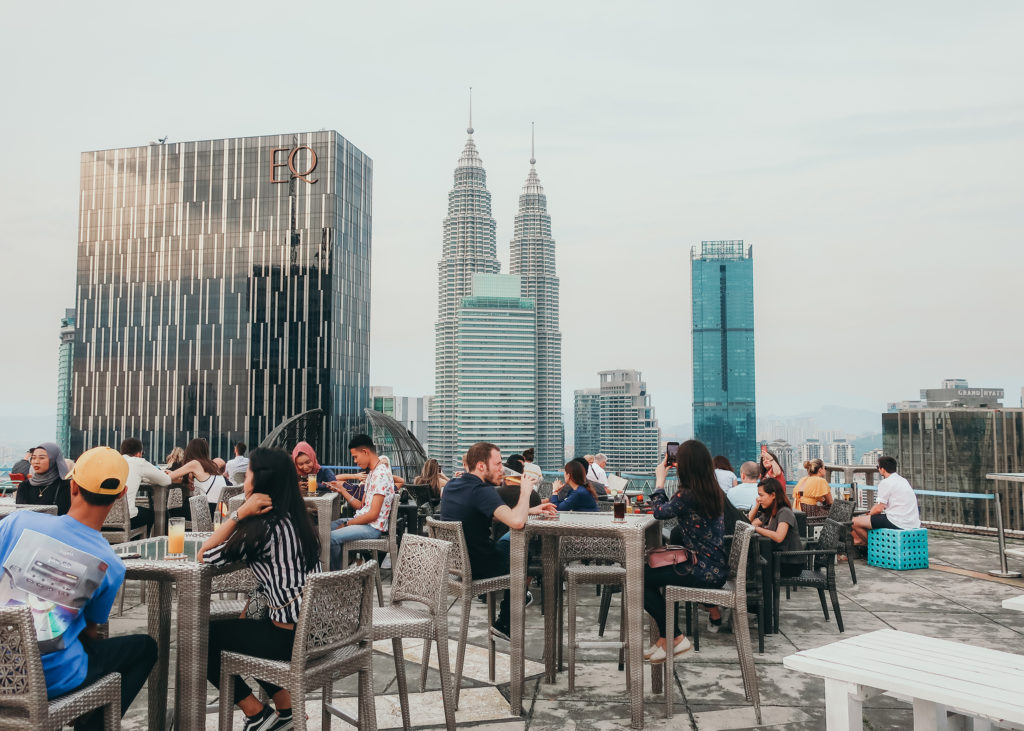
The Heli Lounge Bar is located in the Menara KH building in the very popular Bukit Bintang district of Kuala Lumpur. During the day, the 36th floor is a working helicopter landing pad which morphs into a fantastic cocktail bar Monday to Saturday at 6pm. As the Heli Lounge Bar is a bit of an insider’s secret, it is hard to find information, never mind the actual place, so here is the scoop.
The Heli Lounge Bar is made up of two separate levels – a nightclub on the 34th floor and the helipad bar on the 36th floor. If you want a table, you have to make sure you are ready and there at 5pm as it is a popular venue and you need to be prepared to almost fight a little for a seat. After entering the building, take the lift up the the 34th floor where you will be able to pay and enter the aviation-themed nightclub at 5pm on the dot. The bar has a RM50 entrance fee, but this includes your first drink and I can definitely recommend the lychee martini. Here you will have to wait around until 6pm when you are able to climb the steep steps up to the 36th floor, onto the famed helicopter landing pad.
Once on the helipad, there are many plastic tables and chairs and a few softer sofa-type seats that you can grab if you are fast and very dedicated. There are waiters all around taking drinks and snacks orders and expect cool but relaxing dance tracks from the raised DJ booth. Although all of this is nice, the reason to go to the Heli Lounge Bar is for the view. With uninterrupted 360° views of the entire Kuala Lumpur, it is by far the best place in the entire city to sit back and watch the sunset.
If you are planning to simply go for a few drinks and a sunset, casual clothes, shorts and even open shoes will be fine, but be warned that the bar gets seriously fancy and after 9pm you will be expected to dress to impress and men must wear long trousers and closed formal shoes.
Discover Chinese culture at the Thean Hou Temple
Considered by many to be the most beautiful temple in the world, the Thean Hou Temple is one of the most visited tourist attractions in Kuala Lumpur and has, since its opening in 1989, opened its doors to millions of worshipers, tourists and photographers looking to capture the thousands of red and yellow lanterns. The Thean Hou Temple, built in 6 tiers, is one of the largest temples in Malaysia and South East Asia and serves as both a place of worship and as a functional space for events such as yearly Chinese New Year celebrations, fortune telling ceremonies, martial arts demonstrations and training sessions and weddings.
Before you visit the Thean Hou Temple, there are a few things you should know. Firstly, the temple is one of the few free attractions in Kuala Lumpur and with no official entrance fee, a small donation is recommended to support the upkeep of the temple. Thean Hou Temple is open from 8am to 10pm on most days, but note that this may change due to special events and celebrations. Unlike other temples in Asia, the Thean Hou Temple is more relaxed and there is no formal dress code for visiting, but as it is still a place of worship, I suggest avoiding short skirts or shorts out of respect for others.
Built with designs and architectural elements borrowed from traditional and modern building techniques, the Thean Hou Temple is quite a unique building that incorporates cultural elements from Buddhism, Taoism and Confucianism. There is a lot to admire outside the temple, including the statue of the Three Wise Men, 12 Chinese zodiac animal statues where you can find your own birth year’s animal and learn more about your personality, a turtle pond, a water fountain and a stunning herb garden filled with buzzing bees and hundreds of butterflies. To the right of the main temple you will find a small fountain with the Goddess of Mercy dispensing water from a small jar, more carefully maintained gardens, a large Chinese chess board and some really pretty colourful steps that lead to the back of the temple where there are more traditional Chinese statues.
Inside, the centre court and main hall of the temple is on the second floor which is decorated with hundreds, if not thousands, of red, orange and yellow Chinese lanterns. Leading off from the centre courtyard is the prayer hall where devotees worship in front of three elaborately decorated altars, dedicated to Thean Hou, the Goddess of the Sea, Guan Yin, the Goddess of Mercy and Shui Wei Sheng Niang, the Goddess of the Waterfront. In the middle of the hall and between the altars are two pairs of Kau Cim oracles from which visitors can request answers or fortunes. As you move away from the centre court and prayer hall up the stairs to the next levels, keep your eyes open for the fantastic traditional designs that cover every inch of the temple. Decorated all over with complex finishings and ornate carvings, the amount of detail is incredible. From the upper levels you can also get close-up views of the mosaic dragons and phoenixes adorning the temple’s pointed eaves.
The Thean Hou Temple has become one of Kuala Lumpur’s major tourist attractions in its own right and attracts over a million visitors each year, most of whom arrive by bus as part of organized tours around 9am. Therefore, if you want to explore the temple without the crowds and take great pictures, make sure you arrive by 8am. To get to the Thean Hou Temple via public transport, take the metro or monorail to KL Sentral from where you must walk to and up the Robson hill, taking about half an hour. Note that the last few hundred meters are very steep and can be pretty terrible in the extreme heat. If you are feeling lazy and would rather travel to the temple in airconditioned style, use the Grab app and zip to the temple in a modern taxi for around 10 RM.
To read more about the Thean Hou Temple, please visit my full travel guide to this fantastic place at Exploring the Thean Hou Temple.
Take a day trip to Batu Caves
If you have an Instagram or Pinterest account, chances are you have seen pictures of the famously colourful steps leading to the Batu Caves many, many times. Rated on TripAdvisor as the number one day trip from Kuala Lumpur, the Batu Caves has in recent years become one of Asia’s most photographed places, attracting millions of visitors to the colourful steps.
Set in a limestone hill over 400 million years old, the group of caves slowly formed over years of eroding, accelerated by the Sangai Batu, or Stone River, which flows past the hill and after which the caves are aptly named. The caves were first discovered by the Temaun people of the Orang Asli tribe but did not make it onto any record until 1879 when it was officially discovered by a hunting party travelling with American zoologist and conservationist William Temple Hornaday.
The caves attracted some media attention and in 1880, a rich Indian Trader, K T Pillai started promoting the caves as a Hindu place of worship and dedicated the cave and consequent temple to the Hindu war god Lord Murugan. It took about 30 years before the first wooden steps were built in 1920 leading up to the Batu Caves. The original wooden steps were soon replaced with 272 concrete steps which were transformed in August 2018 into the colourful rainbow staircase you will find at the caves today.
After making your way up the 272 steps you will enter the main cave complex, known as the Temple Cave where you can explore many Hindu shrines in the two large cave caverns, so make sure you explore them and don’t just go for the colourful steps. There is of course also the 140-foot (42.7 meter) tall statue of Lord Murugan looming over the caves. Built out of 250 tons of steel, 300 litres of gold paint and 1,550 cubic meters of concrete, it is by far the tallest statue in Malaysia and the third tallest statue of a Hindu deity in the world.
Entrance to the Batu Caves is competently free but you will have to pay a few Malaysian Ringgits if you would like to go into some of the smaller temples and visit the shrines. As with most temples in Asia, it is best to dress conservatively as you will not be able to go up the stairs or visit any of the temples if your knees and shoulders are not covered. When inside the temple, act responsibly and always be respectful of the people who visit this fantastic place for religious reasons. Other than hosting thousands of human visitors each day, Batu Caves is also home to an extraordinary list of other living things. Other than hundreds of tropical plant species thriving in the humid Malayan climate, the cave is also a habitat for several species of bats, frogs, lizards, snakes and of course the scampering macaque monkeys who are very cheeky and should be avoided and never, ever fed. They are known to grab bags, sunglasses, hats and any kind of food and drink straight from people’s hands, so make sure you go snack-free and look after your belongings.
Also note that as the Thaipusam festival attracts millions of visitors to the steps, cave and temples over a single weekend in late January or early February each year, so the area becomes very dirty and littered and is best avoided for about a week after the festival.
If you are looking for the cheapest way to get from the city to the caves, use the KTM Komuter train that will drop you off less than 200m from the Batu Caves entrance. Tickets are available at the KTM Komuter ticket office inside KL Sentral KTM Station for RM2.60 one-way per person and the journey takes about 40 minutes. To take photos and have the caves all to yourself, make sure you get there super early. The first train from KL Sentral to Batu Caves leaves at 6:56 AM, so make sure you are on it. Remember to check the KTM Komuter timetable a day before you plan to go for any changes or notifications. If you are a solo female traveller, look out for the women-only carriages for some extra piece of mind if you are travelling early in the morning.
To read more about the Batu Caves, please visit my full travel guide to this fantastic place at Batu Caves as a day trip from Kuala Lumpur.
Eat in and explore Jalan Alor
With the largest collection of roadside restaurants and street food stands in Kuala Lumpur, Jalan Alor is a tourist attraction in itself and a trip to Kuala Lumpur is not complete without tasting a few local delicacies from this sprawling food market.
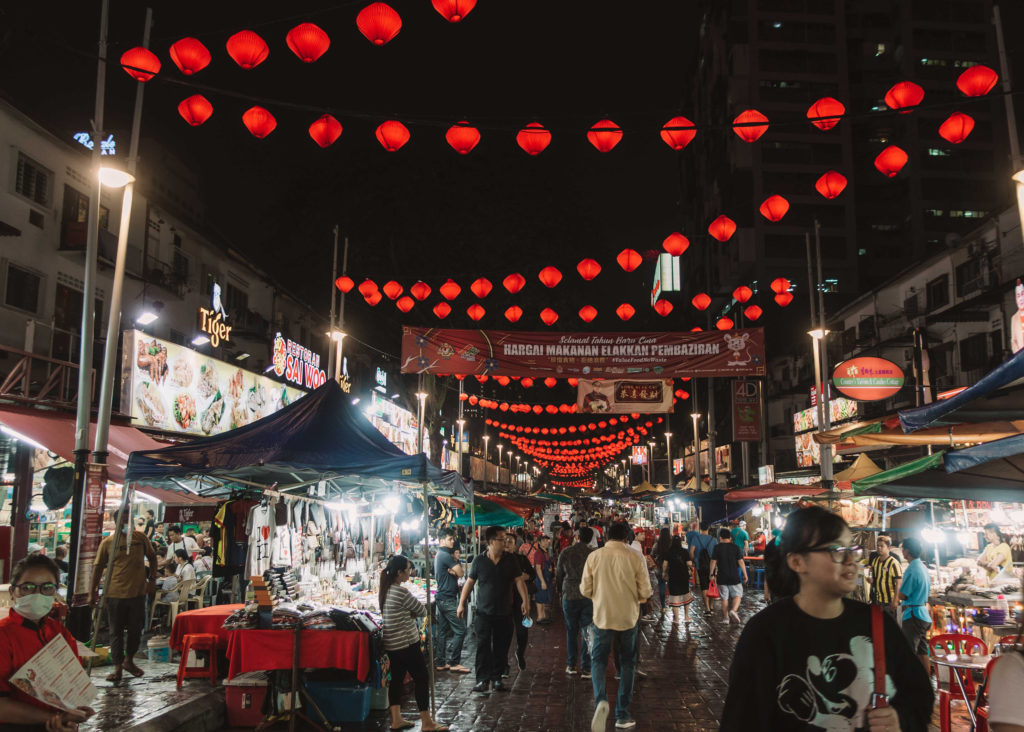
During the day, most restaurants are closed with the exception of a few, including the Restoran Dragon View – a favourite among locals. Open 24 hours a day, 7 days a week, Dragon View offers over 100 dishes, making it really hard to choose! They do everything, including various beef, pork, chicken, duck, and lamb dishes, all served with delicious rice, noodles, soups or porridge. You name it, they cook it. When in town, make sure you sit down for a meal on the little round red tables at Restoran Dragon View and order Marmite ribs, fried duck with white rice, deep fried wontons and deep fried dumplings. They also pour a fantastic tea tarik, of which you can read more later on in this guide. For anyone adventurous, Dragon View also offers a wide variety of frog dishes, including fried frog with spring onion, dry chilly deep fried frog with slices of ginger, steamed frog with minced ginger, clay pot drunken frog and frog porridge.
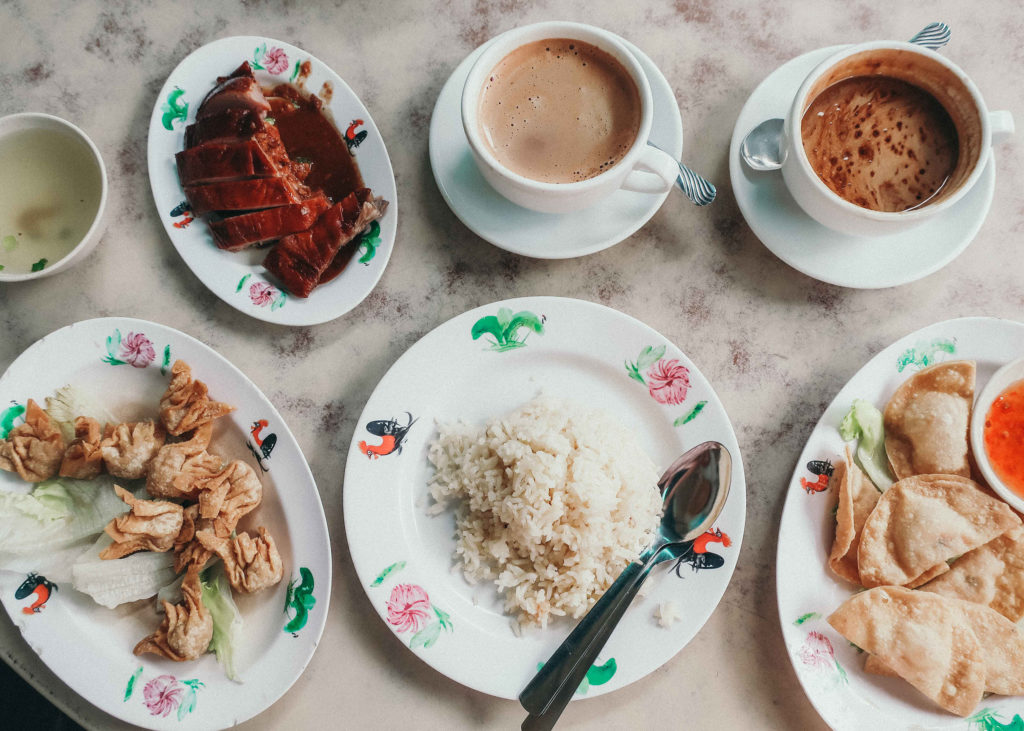
Jalan Alor is filled with fresh fruit stands where you can buy the most delicious locally grown indigenous fruit, including mangosteen, cempedak, pomelo, rambutan, duku-langsat, and snakefruit. For next to nothing you can also buy fruit more recognisable to western tastebuds, such as mango, lychee, watermelon, papaya, jackfruit, starfruit, guava and honey apple. The most famous of the fruits on this street, and in the country for that matter, is the durian. Known in some Asian countries as the ‘king of fruits’, the durian is a very large fruit that typically weighs between 2 lb to 6 lb and has a pale yellow fleshy inside that is edible. Contrary to popular belief, the durian is not the national fruit of Malaysia. Officially it’s rambutan, but the fruit that gets everyone from locals to tourists excited is definitely the infamous durian. The question of whether durian is total garbage or delicious is a hot topic of debate in Malaysia. While some consider the fruit’s distinctive smell as pleasantly sweet, others find it absolutely disgusting and compares it to vomit or raw sewage. Whether you find it sweet or sickening, the durian’s odour lingers for several days, forcing many hotels and all public transport to ban the fruit. When you try it, make sure you wear a glove or you’ll have to live with vomit-smelling fingers for a few days.
With hundreds of stalls and restaurants with tables and chairs spilling onto the street serving thousands of Malay, Chinese, Indian and Thai dishes, it can be a little difficult to choose, so make sure to go hungry and not just once. The market is a great place to find cheap, delicious eats and is a perfect place for a jet lag-educed midnight snack, as Jalan Alor is really at its best and busiest between 12am and 3am. From the stalls, try:
- curry puffs, which is basically a spoon of strong vegetable curry and half a hardboiled egg wrapped in dough,
- Chinese sesame balls with peanut paste,
- different kinds of dim sum,
- ice creams and fresh fruit juices, but ask for no ice,
- chicken satay, and
- steamboat cooked prawns, squid and local fresh vegetables.
For a real treat, spend a few minutes watching the BBQ masters at Dina’s Recipe as they prepare and cook a lamb rotisserie-style on a massive open fire right in the middle of the street. When you are ready to order, and trust me, you will want to, you simply tell the two chefs in charge how much you want and then pay by weight. The roast lamb comes in a cardboard box with a wooden stick and it is by far one of the most delicious things to eat in Kuala Lumpur.
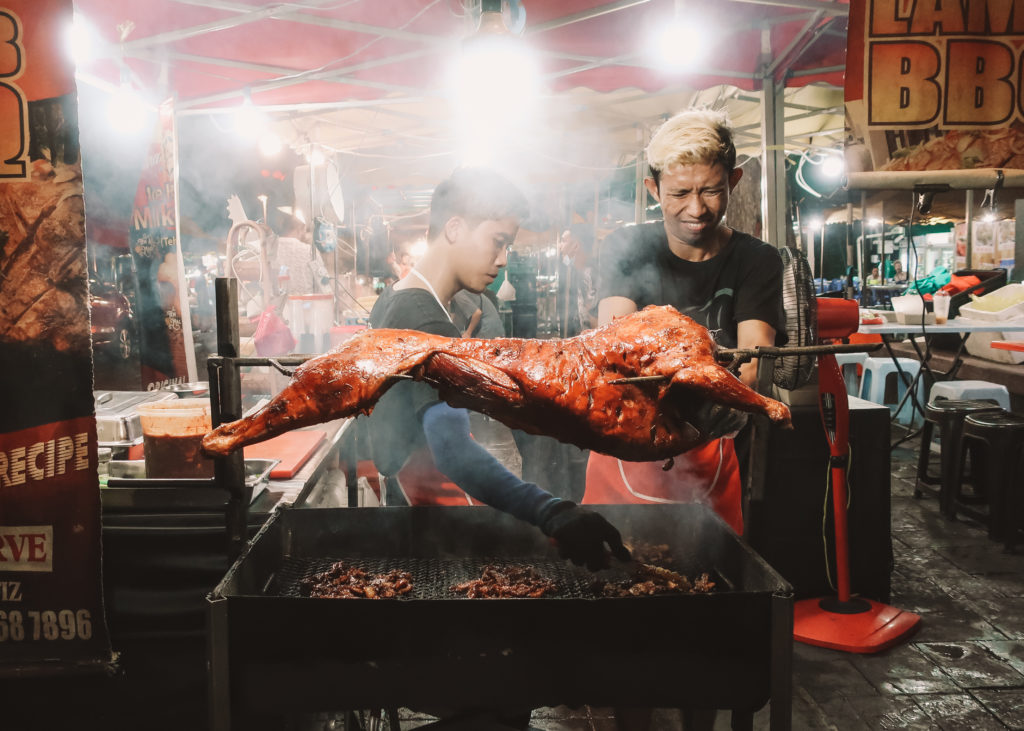
Walk through the sky at KL Forest Eco Park
With towering skyscrapers, busy roads and hundreds of shopping malls, it is difficult to believe that a piece of virgin rainforests still exists in the very centre of Kuala Lumpur. Previously known as the Bukit Nanas Forest Reserve, today you can visit the rainforest as part of the city’s new KL Forest Eco Park attraction where you can explore one of Malaysia’s oldest forest reserves, founded back in 1906.
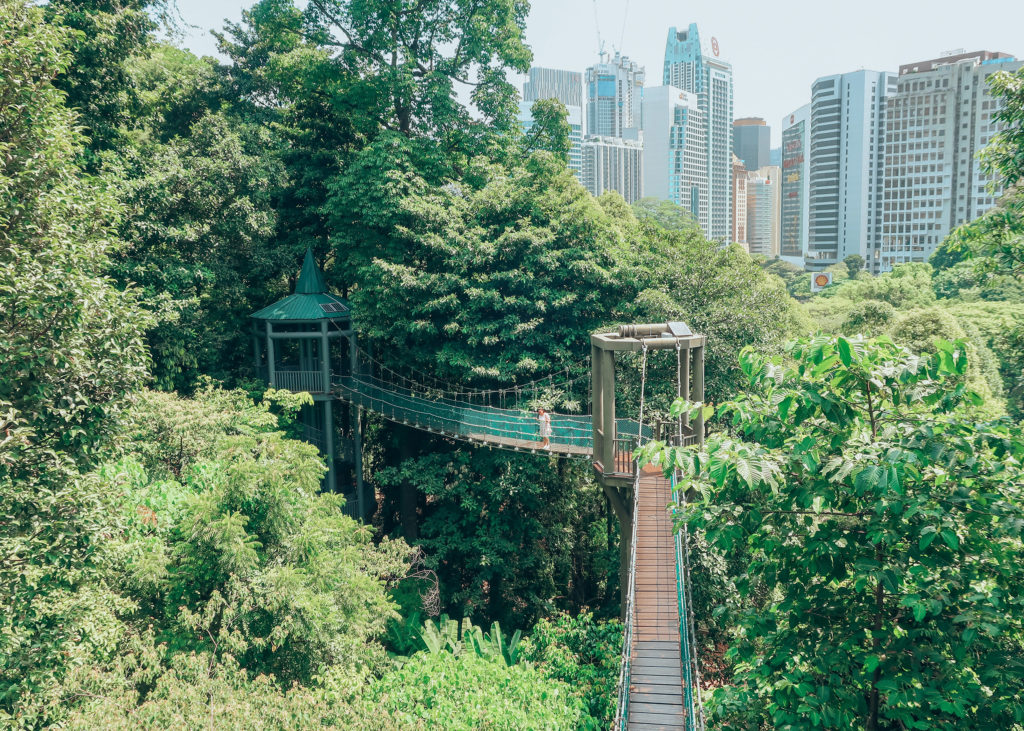
Covering only 9.3 hectares of rainforest, the park offers short and relatively easy walking trails amongst giant trees, some several hundreds of years old, whilst being serenaded by buzzing cicadas. Be sure to also keep your eyes open for fantastic birds, the resident troop of monkeys and other small mammals that have made this green city escape home.
There is also the new Canopy Walk where you can walk between the trees on hanging bridges suspended over 20m above the rainforest floor. With just over 200m of hanging walkways and platforms, this is definitely one of the best things to do in Kuala Lumpur if you love nature and long for a bit of adventure.
The KL Forest Eco Park is open every day from 7am until 6pm, and although the Canopy Walk was initially free, there is now an entrance fee of RM40 per person, which will give you access to the hanging walkways and the rest of the park. Be sure to wear comfortable walking shoes, light clothing and more than enough insect repellent as the mosquitoes are highly active and thirsty in this small little city-centre rainforest.
Have a fishy foot spa at the Central Market
With all the walking you will be doing in Kuala Lumpur, your feet are bound to start feeling a bit sore and tired. Luckily, there is a tank full of very hungry fish in the famous Central Market ready to give you a fishy foot treatment that you will never forget!
The Central Market in Kuala Lumpur has been around since the 1880’s and started as a traditional wet market, selling fresh meat, fish, fruits, vegetables and spices to the exploding city population. Between 1889 and 1933 the building underwent serious renovations and extensions and in 1937 the Art Deco style building that stands today was completed after the wet market was relocated. Further decorated in 1985 with colourful tiles, decorative ceilings and various colours of paint, the Central Market is an important landmark for Malaysian culture and heritage and should definitely be visited when in KL.
The market is set out in a stall concept, representing the traditional wet market that stood in its place since the 1800s. It offers a unique shopping experience as, even though it is focused on retail, there is also a lot of culture involved. The over 300 shops featuring local handmade crafts, souvenirs, collectibles, antiques and textiles are grouped into zones representing the 3 main cultural groups in Kuala Lumpur. In Lorong Melayu you will find traditional Malayan shops, in Lorong Cina you will find the Chinese shops and in Lorong India of course the Indian shops. Each area or zone gives visitors and shoppers an insight into the cultural variety in Malaysia. On the second floor there is a food court, known as Lorong Kelapa, were you can find some of the city’s best snacks and noodles, and in the annex you can stroll through fantastic art galleries, including the Illusion 3D Art Museum, Art House Gallery, and the Central Market Art Lane.
Once you have done all your shopping, admired some fine art and had a few snacks, head to Lot NS13 where you will find the Cute Fish Spa. With two artificial ponds to choose from, one with big fish and one with smaller fish, the idea is that you sit down, lower your feet into the water and relax while the fish eat the dead skin off your feet. Fish foot spas have been a part of Asian wellbeing culture for a long time and has in recent years become more popular in Europe and America. The fish, sometimes referred to as ‘Doctor Fish’, micro-massage your feet as they nibble on dead skin cells, leaving your feet silky smooth.
The treatment costs RM5 for 10 minutes, but be prepared to giggle, squirm, jolt and change your mind about the whole thing for the first 3 or 4 minutes, as it is a very strange sensation and not something you experience every day. But hang in there, as once you settle in, it is very enjoyable and the results are fantastic.
If you have some doubts regarding the safety of fishy foot spas, the NHS considers the risk of infections, catching blood-borne viruses such as HIV and hepatitis or the risk of transmitting conditions, such as athlete’s foot, as ‘very low’. However, you should steer clear of any fish foot spa if you have waxed or shaved your legs in the previous 24 hours as they may have tiny cuts that increase the risk of infection, have any open cuts, wounds, abrasions or broken skin on the feet or lower legs, or if you have a blood-borne virus such as hepatitis B, hepatitis C or HIV. For more information, please visit the NHS website.
For more information, including the market’s exact location and opening times, visit the Central Market website.
Explore the Perdana Botanical Gardens
The Perdana Botanical Gardens, first opened in 1888, is situated a little out of the city centre, but getting a Grab taxi to this stunning place is absolutely worth it. Another welcome green refuge in the busy city, the park, also known as Lake Gardens, is over 227 acres and is a must-visit attraction when in Kuala Lumpur. Within the garden there is a large lake, a Chinese herb garden, various sculptures, fountains and little waterfalls, a small deer park and acres of perfectly manicured gardens, including special Orchid and Hibiscus gardens where you can see thousands of flowers in all shapes, colours and sizes.
In the middle of gardens you will find the Laman Perdana – large artistic ‘trees’ that create a colourful covered space, perfect for concerts, art exhibitions and the occasional tai chi class that you should absolutely join. Even though Laman Perdana is definitely a popular spot, many consider the Sunken Garden the true jewel of the botanical gardens. A relatively new addition to Perdana, the Sunken Garden is a large circular garden surrounded by pergolas completely covered in Bauhinia kockiana climber plants which, when flowering, encircles the entire garden in a bright orange hue. In the centre of the circular garden there is also a star-shaped fountain and many benches offer a welcome rest in the shade.
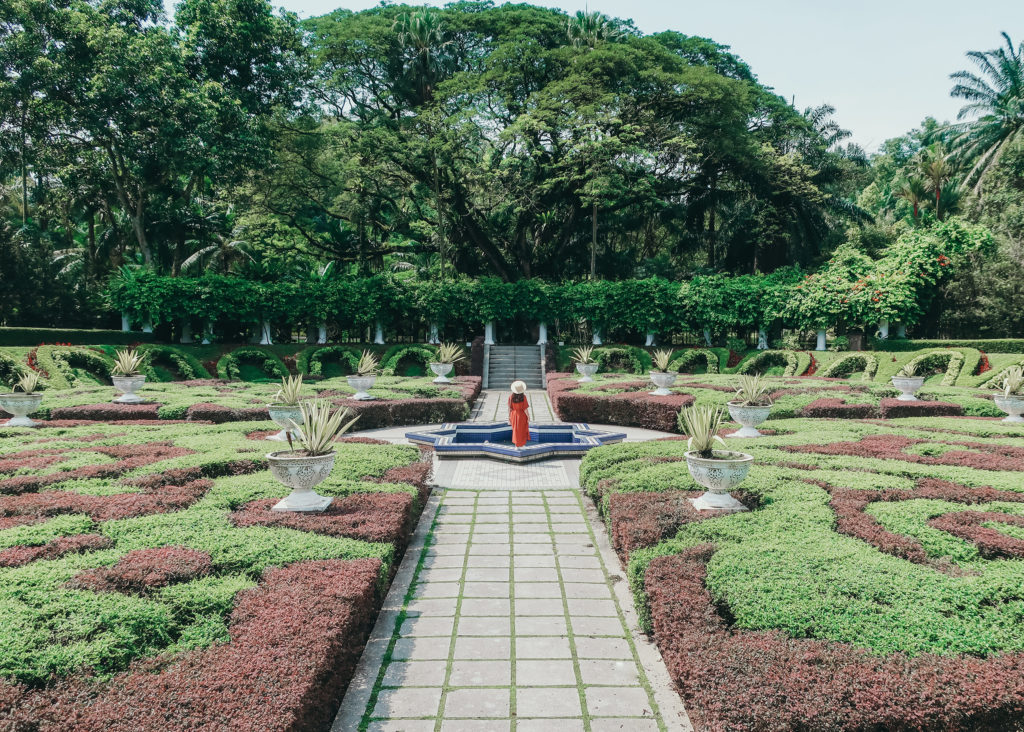
The botanical gardens are open from 9am until 6pm each day and while it is free to enter on weekdays, there is a RM1 charge on weekends and public holidays. For more information and to check if any special events will be on during your time in Kuala Lumpur, visit the Perdana Botanical Garden’s official website.
Eat Nasi Lemak
If you do nothing else on this list, just make sure you indulge in a plate of Nasi Lemak. The official dish of Malaysia, Nasi Lemak is traditionally a breakfast dish, but it is widely severed throughout the day and can be enjoyed a perfect little snack or as a full-blown meal for lunch and dinner as well.
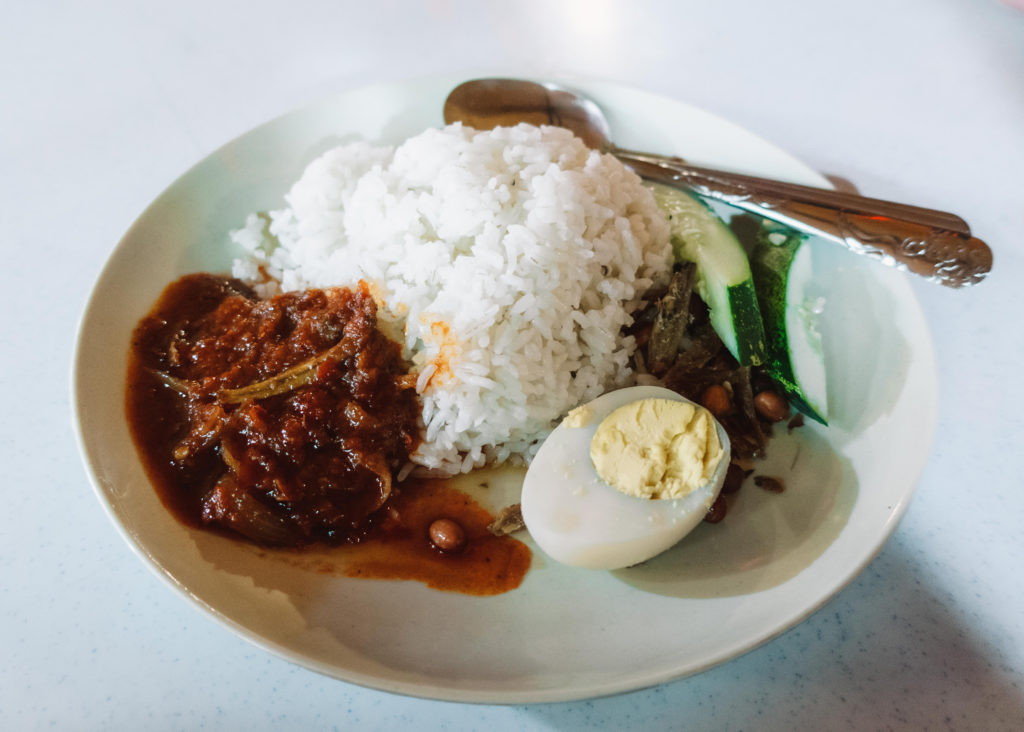
In its most basic form, Nasi Lemak is fragrant white rice cooked in coconut milk and pandan leaf, widely used in Southeast Asia for flavouring dishes. In most cases, the rice will be served on a banana leaf with sambal – a spicy chili paste typically made from a mixture of a variety of chili peppers, shrimp paste, garlic, ginger, shallot, scallion, palm sugar and lime juice. It will also be topped with ikan bilis (small dried white anchovies), skin-on peanuts, cucumber slices and a hardboiled egg.
Cheap, tasty and with a bit of a kick, Nasi Lemak is really the true taste of Malaysia and sitting on a broken plastic chair enjoying this wonderful dish in the middle of a street or food market is simply fantastic.
Visit the KL Bird Park
If you are exploring the Perdana Botanical Garden, make sure you pop into the KL Bird Park, also known as Taman Burung Kuala Lumpur. Covering just under 21 acres of lush tropical rainforest dotted with footpaths and benches, the bird park is home to over 3,000 birds of 200 native and foreign species and is divided into several different zones. What sets the KL Bird Park aside from others is their free-flight concept that you can see in Zones 1, 2 and 3. In these free-flight zones, birds are completely free within the aviary, allowing them to fly, live and breed freely in an environment that closely resembles their natural habitat.
During the day there are various bird demonstrations and feedings throughout the zones, including two big shows at 12.30pm and 3.30pm in the Zone 4 Amphitheatre. Be warned that you are not allowed to feed the birds under any circumstances and do not disturb them, as many of the larger birds have sharp claws and bills and a few cheeky ones will bite without much warning.
There is a RM63 entrance fee per person payable at the entrance and the park is open daily from 9am to 6pm. The Hornbill Restaurant on site is also a great place for lunch and is open daily from 9am to 9pm. For more information, please visit the KL Bird Park website.
Drink lots and lots of tea
Created by the Indian migrants who came to work and live in Malaysia, teh tarik quickly become a national favourite and is today one of the most popular drinks in Southeast Asia. Literally called ‘pulled tea’, teh tarik is made through a process of ‘pulling’ a mixture of strong black tea and condensed milk which is poured back and forth repeatedly between two cups from a height, giving it a creamy consistency with a very frothy top. The pouring also allows the tea to cool down to the optimal drinking temperature and as the ‘pulling’ really mixes the tea with the condensed milk, it has a strong and very sweet flavour.
Served hot as a creamy steaming cup of flavoured tea or freezing cold poured over ice cubes to help you fight the Malaysian heat, teh tarik is the perfect drink and you will find a hot and cold variation of the drink in almost every restaurant and cafe in Kuala Lumpur.
Visit Chinatown
No visit to Kuala Lumpur is complete without a shopping trip to Petaling Street and the surrounding alleys which makes up the KL Chinatown, considered by many as the largest Chinatown outside of China! With thousands of shops, stalls and walking hawkers, you can buy everything from very authentic looking Chanel and Louis Vuitton designer bags to traditional Chinese herbs. There is something for everyone and when you are there, never ever pay the price on the tag. You are meant to haggle and be serious about it. Most things are priced 3 or 4 times their value, so don’t feel bad offering a very low price. Chances are you’ll get your goodies at a good price if you just stick to your guns.
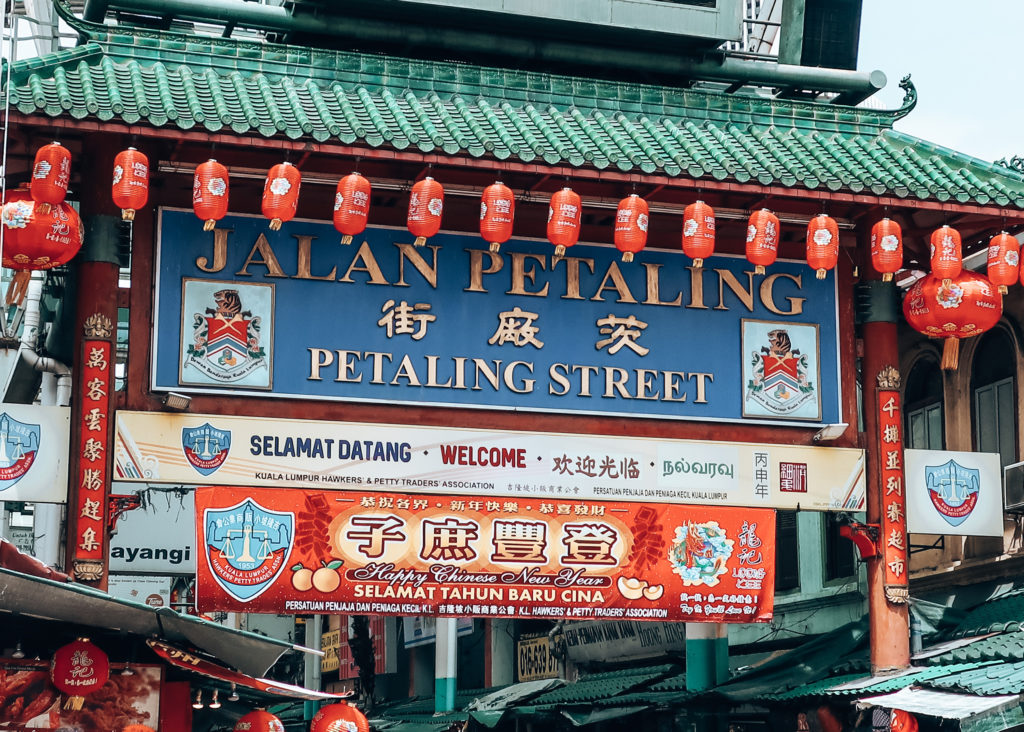
Naturally there are also some great food options in Chinatown and with hundreds of restaurants and street food stands to choose from, go hungry. There are also many trendy bars and cafes in the area and you should definitely try a piece of burnt cheesecake at Cafe Etc.
After shopping and filling your belly, go find yourself some culture at the many temples and religious sites. Taoist Guan Di Temple is possible the most popular and beautiful temples in Chinatown and is over 120 years old. Easily recognisable with its bright orange facade, the temple is dedicated to Guandi, the Taoist God of War and Literature, of whom there is a statue at the rear of the temple. There are incense sticks available for purchase and although it is free to enter and you will find many other tourists milling about in the temple, remember that it is first and foremost a place of worship, so be respectful of those around you.
Be warned that Chinatown is not the cleanest of KL’s neighbourhoods and seeing raw sewage running down the streets and even through the many small wet markets is not uncommon. Wear closed shoes, take some hand sanitiser and you should be fine.
Swim in a pool with a view
One of the most important things you need to know about Kuala Lumpur is that it is hot. No matter what time, month or season you visit the city, you are pretty much guaranteed to be dripping with sweat from dawn to dusk and even after that if you don’t have a decent aircon at your accommodation. With some of the best infinity pools in the world, taking a dip while staring at the city skyline is a pretty good way to beat the heat. But, as swimming in fancy rooftop pools are a hot commodity in the city, hotels and apartment blocks have made them even more exclusive and you will not find one hotel pool offering day passes. So, if you want to take a dip, you’ll have to be clever and a little sneaky.
If you have already booked other accommodation but you really want that infinity pool experience, I have found the perfect little cheat for you. The Regalia Residencies is a group of three skyscraper towers made up of smaller hotels, holiday apartments and a few hostels. Situated a little out of the main centre of Kuala Lumpur, the view from the infinity pool on the 57th floor is absolutely breath-taking and with a poolside bar, good music and fewer crowds than at many of the other hotel pools, the vibe is really good.
As everywhere else, you need to be a guest of one of the hotels or hostels to gain access to the pool, and to do this without breaking the bank, book yourself a bed in a hostel, even if you don’t plan on sleeping there. For as little as £4 per person you can book a bed at the Sky Pool Kuala Lumpur Hostel, show up, get your keycard and enjoy the pool for the entire day without even stepping into the hostel. This is also a great idea if you have to check out of your accommodation early morning but your flight is only later at night, as you can store your luggage inside the hostel’s lockers and enjoy a last sunny day in KL swimming and relaxing.
To read more about all the fantastic pools you can swim in and the gorgeous hotel with the best pool in Kuala Lumpur, please visit my KL Pool Guide at Where to swim in an infinity pool in Kuala Lumpur.
Escape the city to the Berenbum Rain Forest
A visit to Malaysia would not be complete without exploring some dark green rainforests and being less than 2 hours’ drive from central Kuala Lumpur, the Berembun rainforest is the perfect place for escaping the hustle and bustle of the city and reconnecting with nature.
The Berembun Forest Reserve lies within the Malaysian state of Negeri Sembilan and sits on the outskirts of Seremban. Before you even think about setting foot in the reserve, cover every inch of yourself in eco-friendly insect repellent as mosquitoes in the Berembun Forest Reserve are very, very thirsty. The paths, streams and rivers are also crawling with leeches, so wear long socks and check your legs regularly. Even though they are absolutely disgusting and almost impossible to get off, they are harmless for the most part. Pack at least 2 litres of water to replace everything you will be sweating out and wear sensible hiking boots or trainers as it is muddy, slippery, hilly and generally ankle breaker territory. Lastly, pack your camera, even if it is rainy and you need to wrap it in a plastic bag. The rainforest is decorated with the most fantastic details and you are going to want to capture the unique fauna and flora of this area.
Once inside the reserve, almost invisible and completely overgrown footpaths lead you further into the muddy abyss. Keep talking to a minimum and walk as quietly as you can to give yourself the best chance to spot some local forest residents, including white handed gibbons, macaques, wild boars, lesser mouse deer, tapirs and little common tree shrews jumping high up between the branches. Due to deforestation in the surrounding area and general urbanisation, Malayan tigers, currently listed in the IUCN Red List as Critically Endangered, have sadly not been seen in the Berembun Forest Reserve for many years.
Up in the tall trees, Berembun is also home to hundreds of bird species, but non as vocal as the Asian Koel. Ferns, flowers and other flora cover the forest floor and keep your eyes open all the times for frogs, bats, butterflies, millipedes and even snakes! The forest floor is literally teeming with creepy crawlies waiting to be unearthed, inspected and photographed. Naturalists and researchers have in recent years flocked to this largely unexplored rainforest with the hopes of discovering new and exciting species.
One of the most popular treks in the Berembun rainforest leads hikers past brooks trickling down the mossy slopes, over small rivers via fallen tree trunks, over large granite boulders and finally to a tiered waterfall where the Batang Penar river gushes into a large rock pool where you can swim and explore under the lush rainforest canopy. You can also hike to the wreck of a British Royal Air Force aircraft that crashed in the forest in 1945 or make the incredible effort to hike to the summit of Gunung Berembun at 1014m above sea level.
To read more about the Berembun rainforest and how to visit it as a day trip from Kuala Lumpur, please visit my full travel guide to this fantastic place at Everything you need to know before hiking through the Berembun Rainforest.
Spend a night or two in the rain forest
There are very few places left on this earth where you can really escape the work and world of man. A place where the birdsong replaces car horns, where the chirps and croaks of frogs keep carry you off to sleep and where the only thing you can do is read, rest and relax. Less than a two hour drive from the bustling centre of Kuala Lumpur, The Dusun is just such a place.
The Dusun is made up of 6 unique houses, built to be eco-friendly and to blend into the unparalleled natural beauty of its rainforest location. Each house has distinctive traits, design characteristics and varying sleeping space, but all have equipped kitchens with a fridge, gas stove, basic crockery, pots and pans, so bring your own food, snacks and drinks and enjoy the option to self cater. The best part, however, of each house is the fact that they all also offer undisturbed views of the surrounding Berembun Forest Reserve. As a guest you have access to two stunning infinity pools where you can lounge the day away and a communal dining and seating area with a honesty fridge in case you need some ice cold beers.
Focused on sustainable development, farming and building, the entire project has created a beautiful and healthy environment and lends itself as a sort of extension to the Berembun Forest Reserve on which borders it is build. The Dusun employs local people, has a good relationship with the local community and aims to raise more awareness of Malaysia’s beautiful natural heritage and support of local traditions, communities and NGOs. The nature resort is also a proud to promote responsible and sustainable travel. The Dusun only serves organic fruits and vegetables from their home grown gardens and are committed to protect the local area and use water carefully. The resort only uses eco-friendly cleaning products from the Malaysian non-profit Truly Loving Company (TLC) and in each house you will find plastic-free soap and shampoo bars from Kinder Soaps.
As they are committed to the environment, the resort is also completely free of air conditioning, but fear not! The cool mountain breeze or a dip in the pool is more than enough to help you escape the stifling Malaysian heat. Be sure to also pack some eco-friendly bug spray as the mosquitoes are very, very thirsty in this part of the world.
If you are planning your rainforest escape at The Dusun, I highly recommend booking the Berembun House – a Malay-style house on stilts, with verandas on two sides, a small barbecue stove for private dining and a view onto the Berembun Forest Reserve that will take your breath away! Even though all the houses are self catering, I recommend preordering meals from the small onsite restaurant as the food is from the garden, prepared by locals and tastes absolutely amazing.
To find out more about The Dusun and how you can book your stay at this fanstastic rainforest escape, please visit my full travel guide at Rainforest bliss at The Dusun – Kuala Lumpur’s top weekend getaway destination.
If you would like to see more pictures of my time in Kuala Lumpur and of all the fantastic things to see, do eat and drink, please visit me on Pinterest at @LuzanneFletcher and follow me on Instagram at @luzanne_f. Also check out the related article section below for the full guides to some of KL’s best attractions and day trips.

